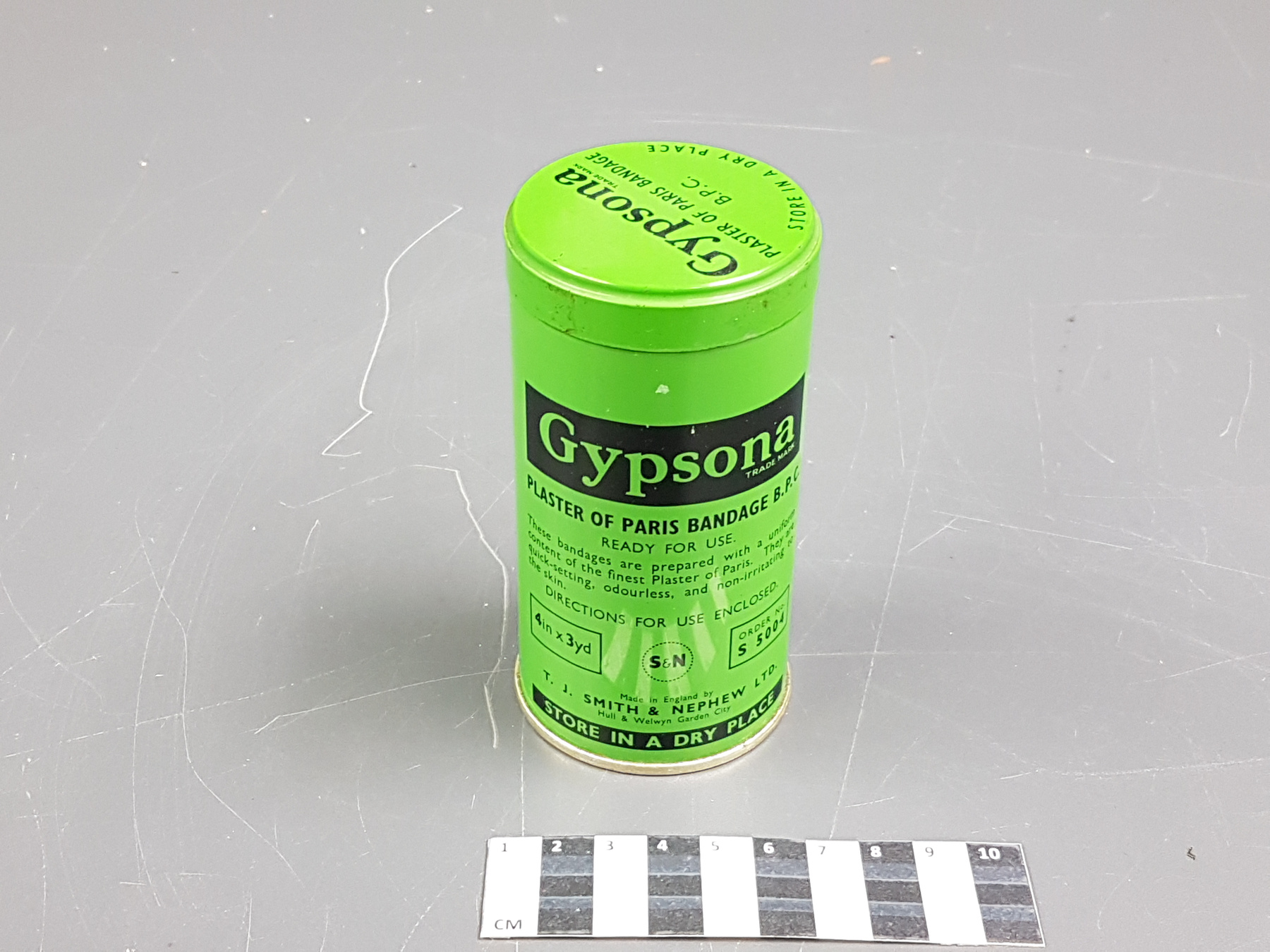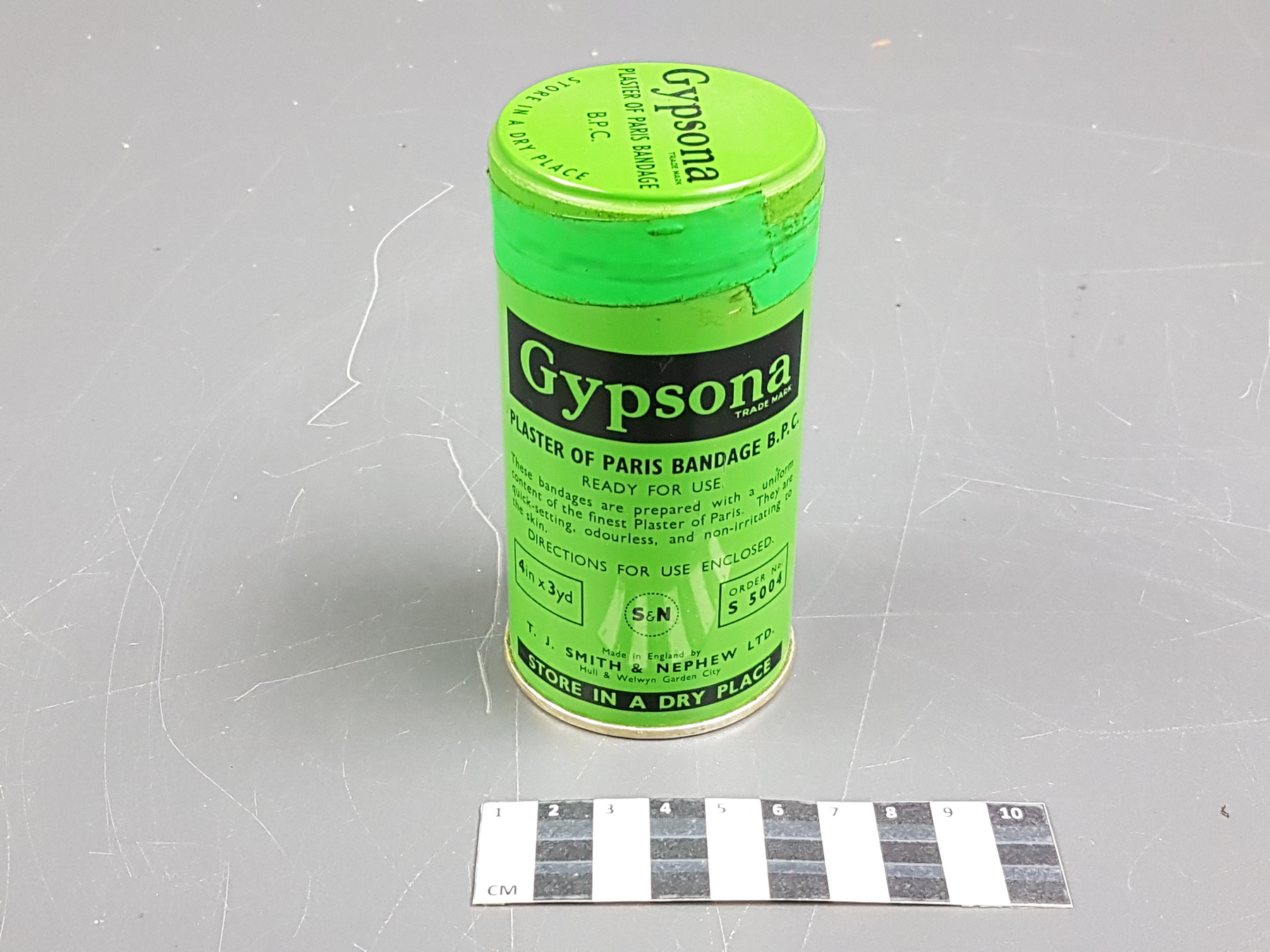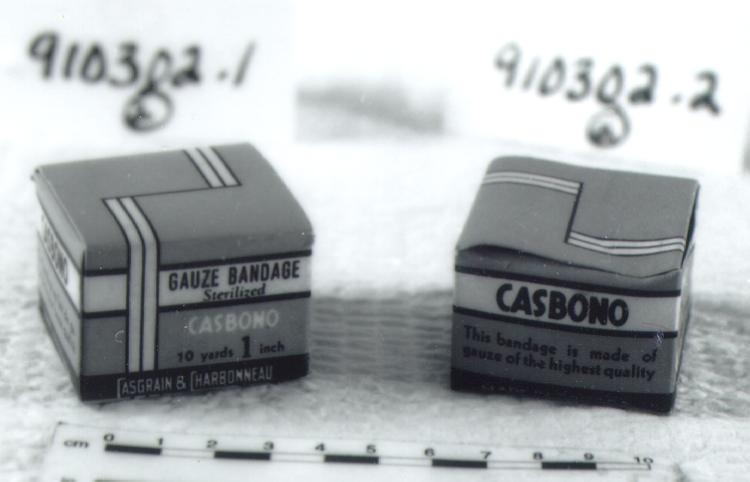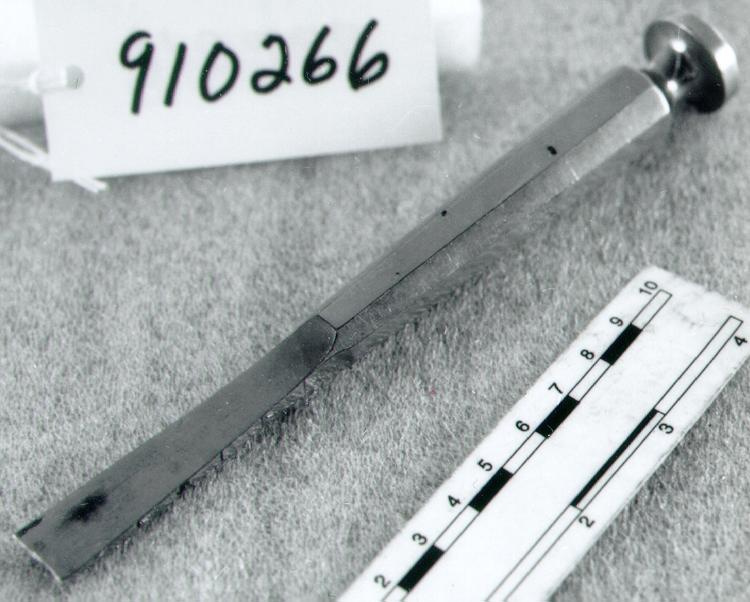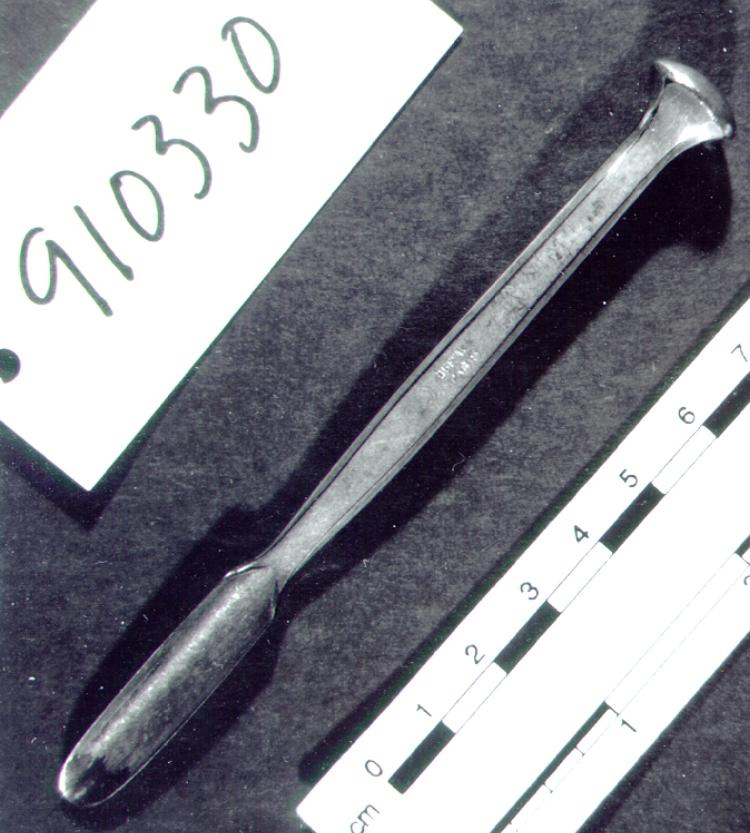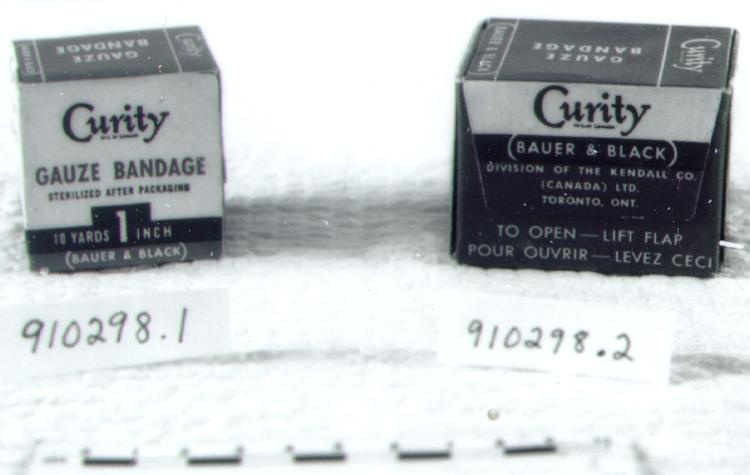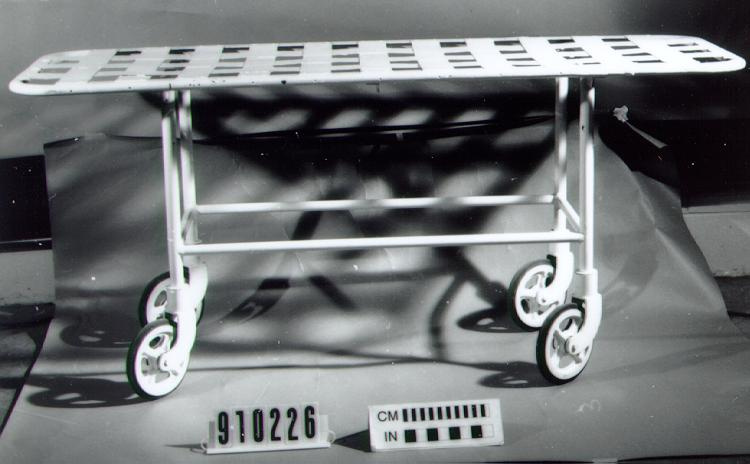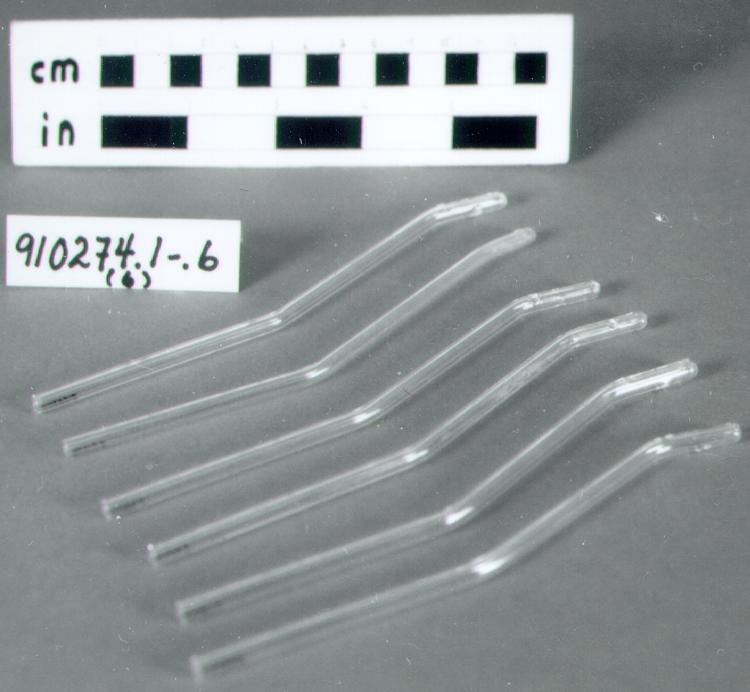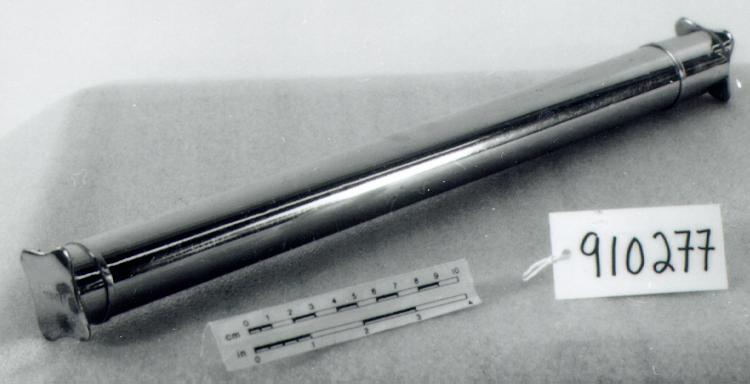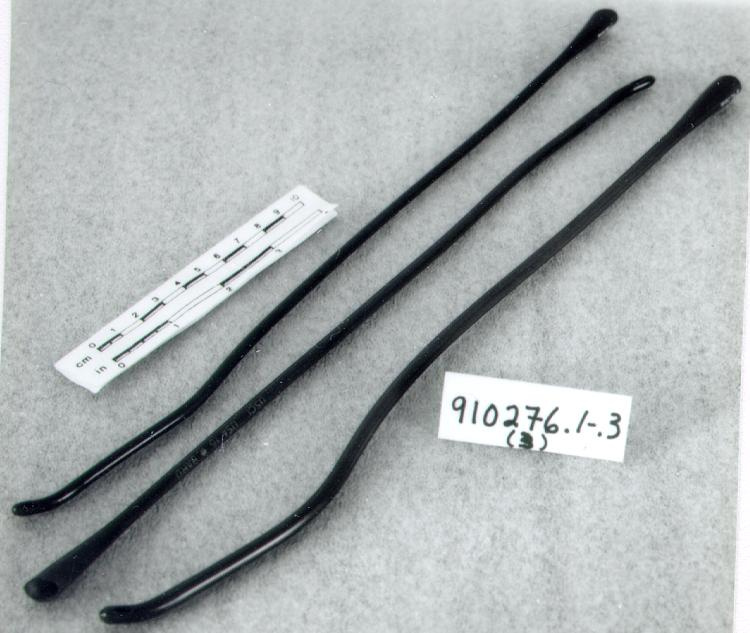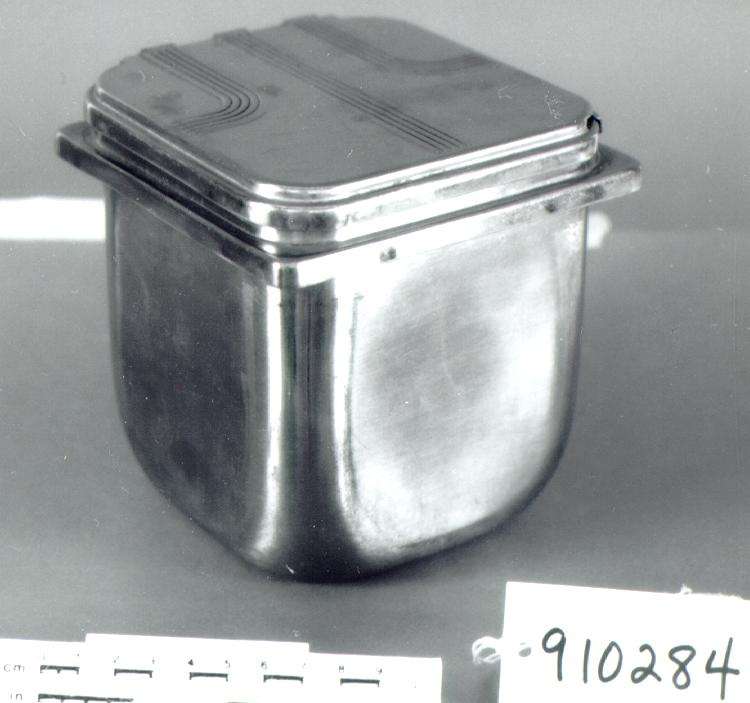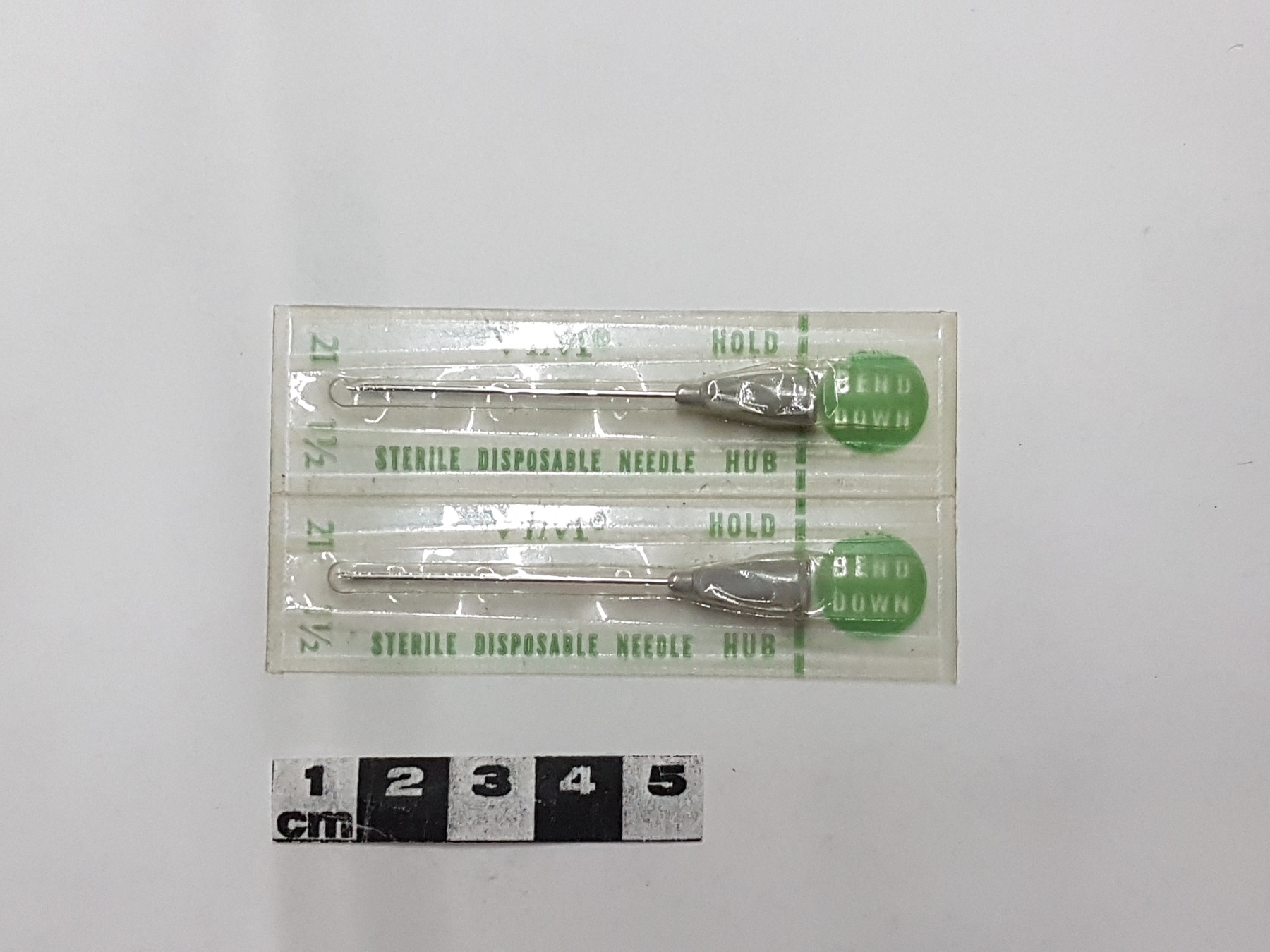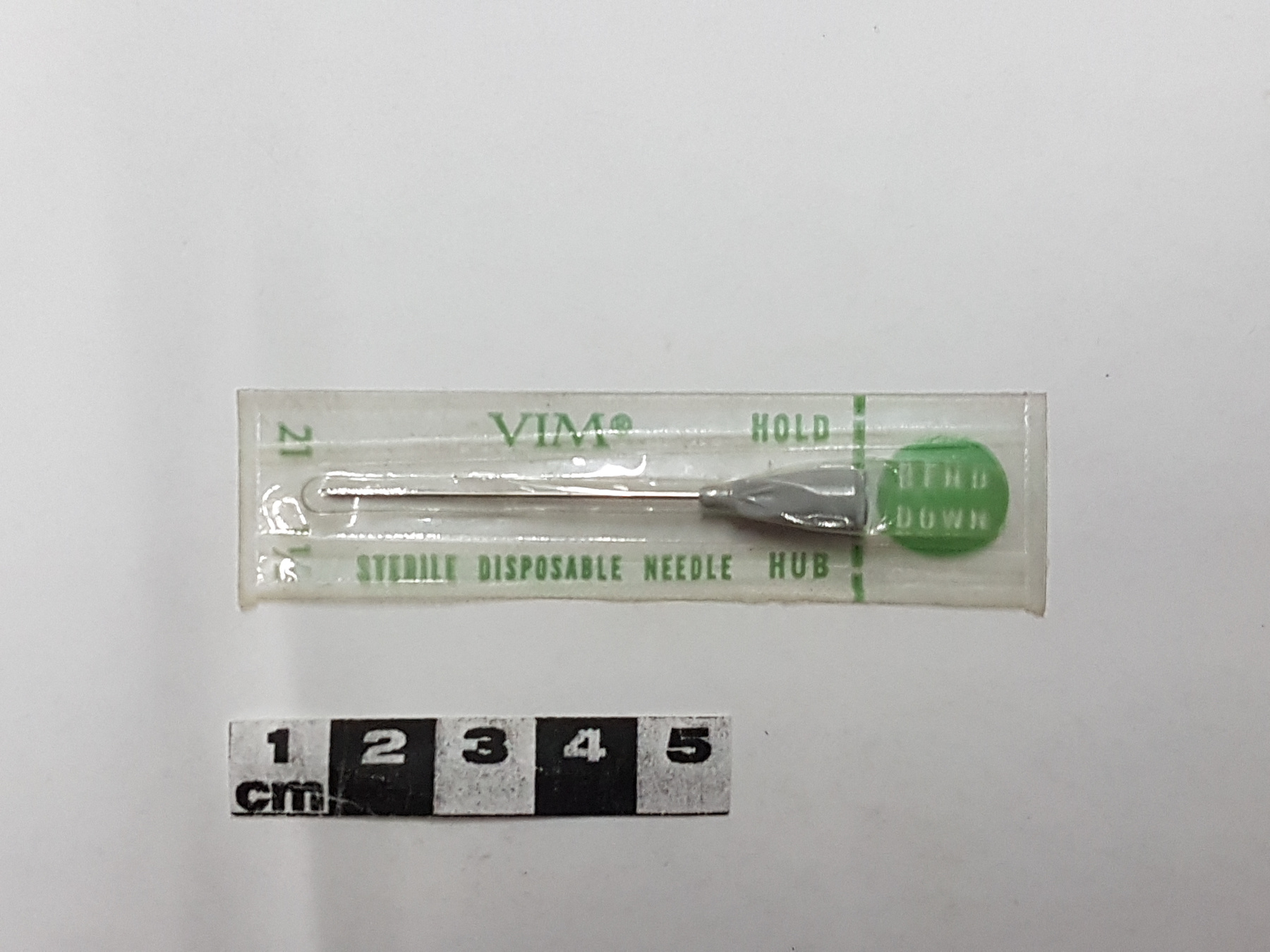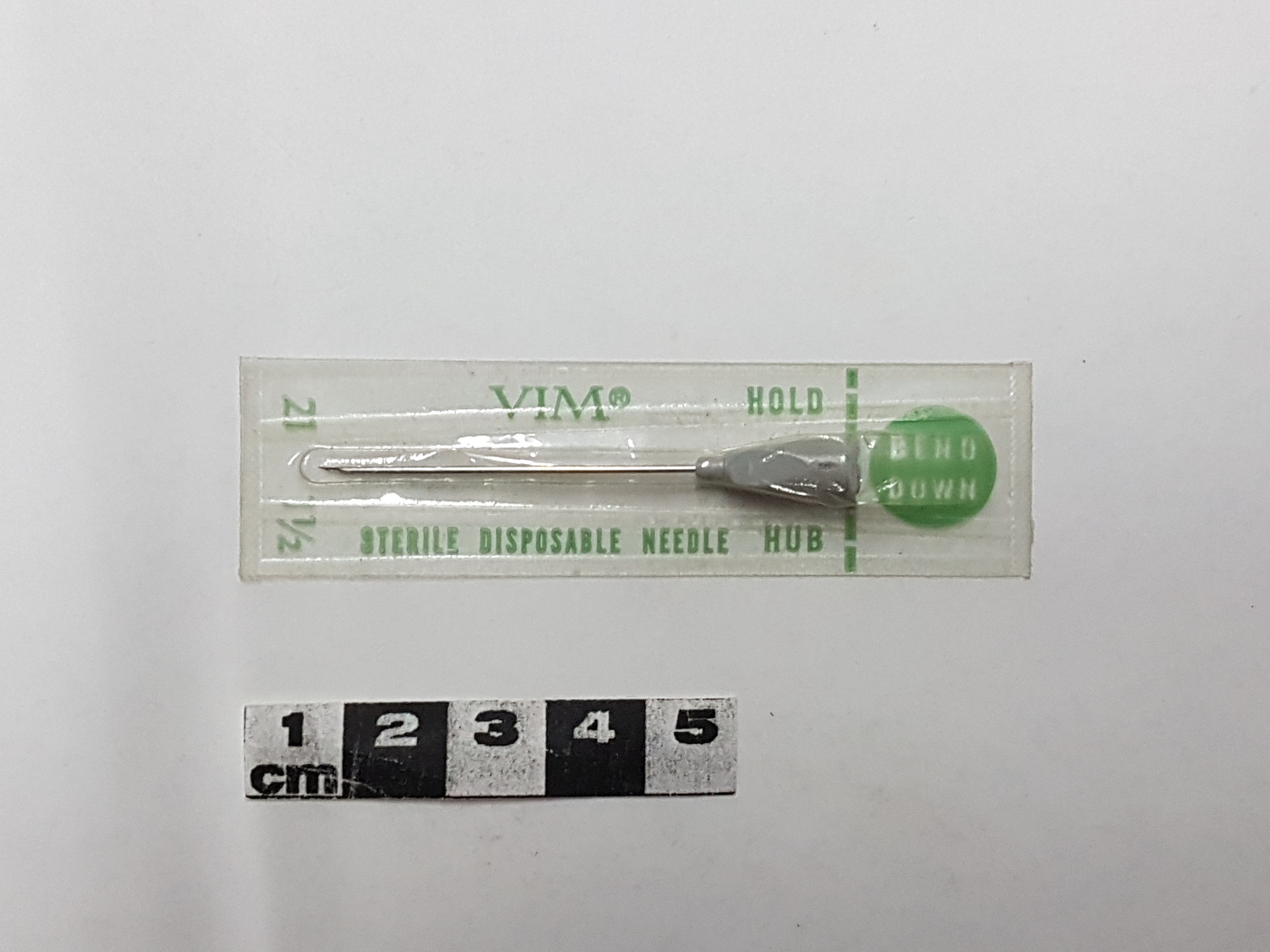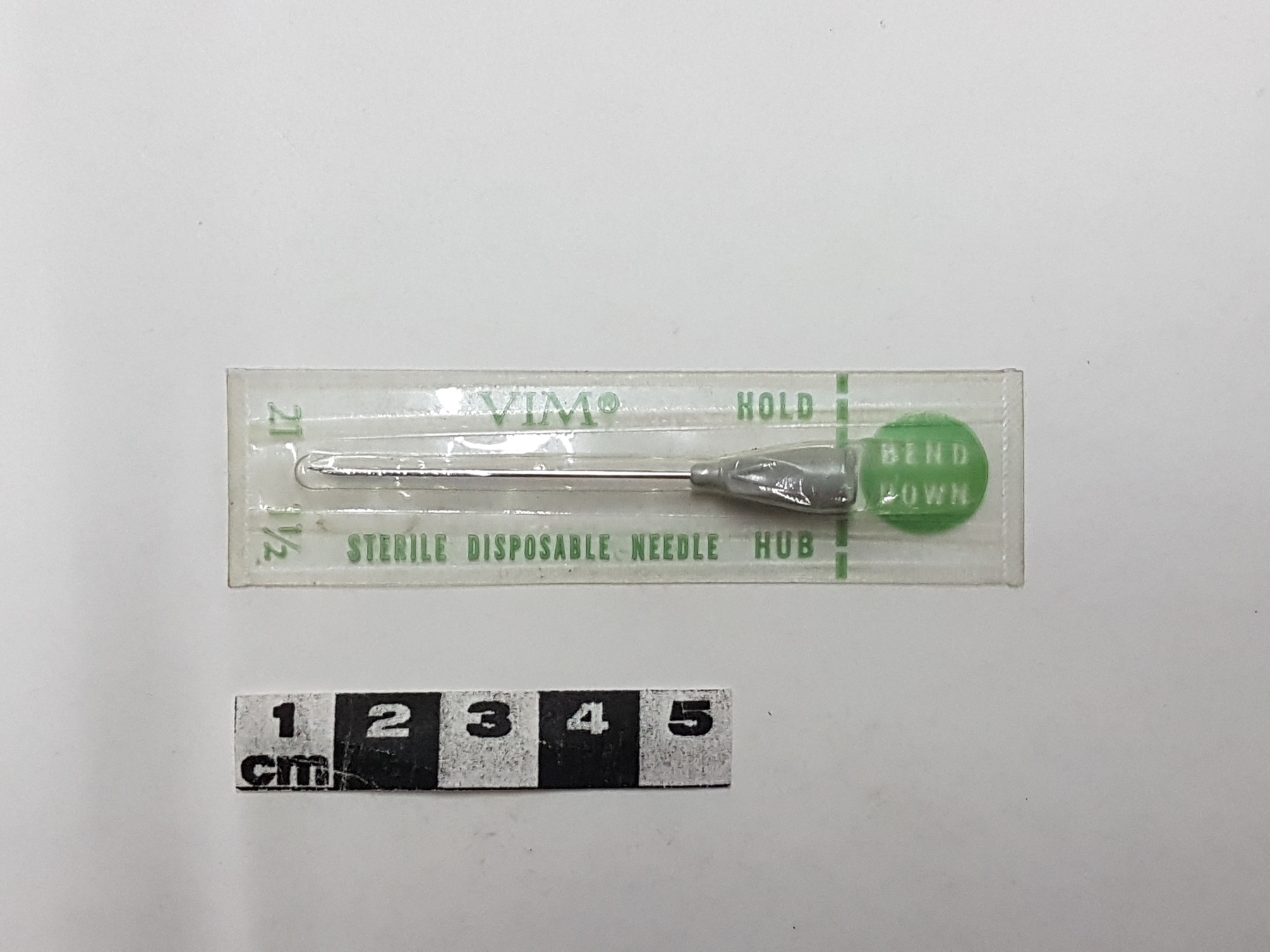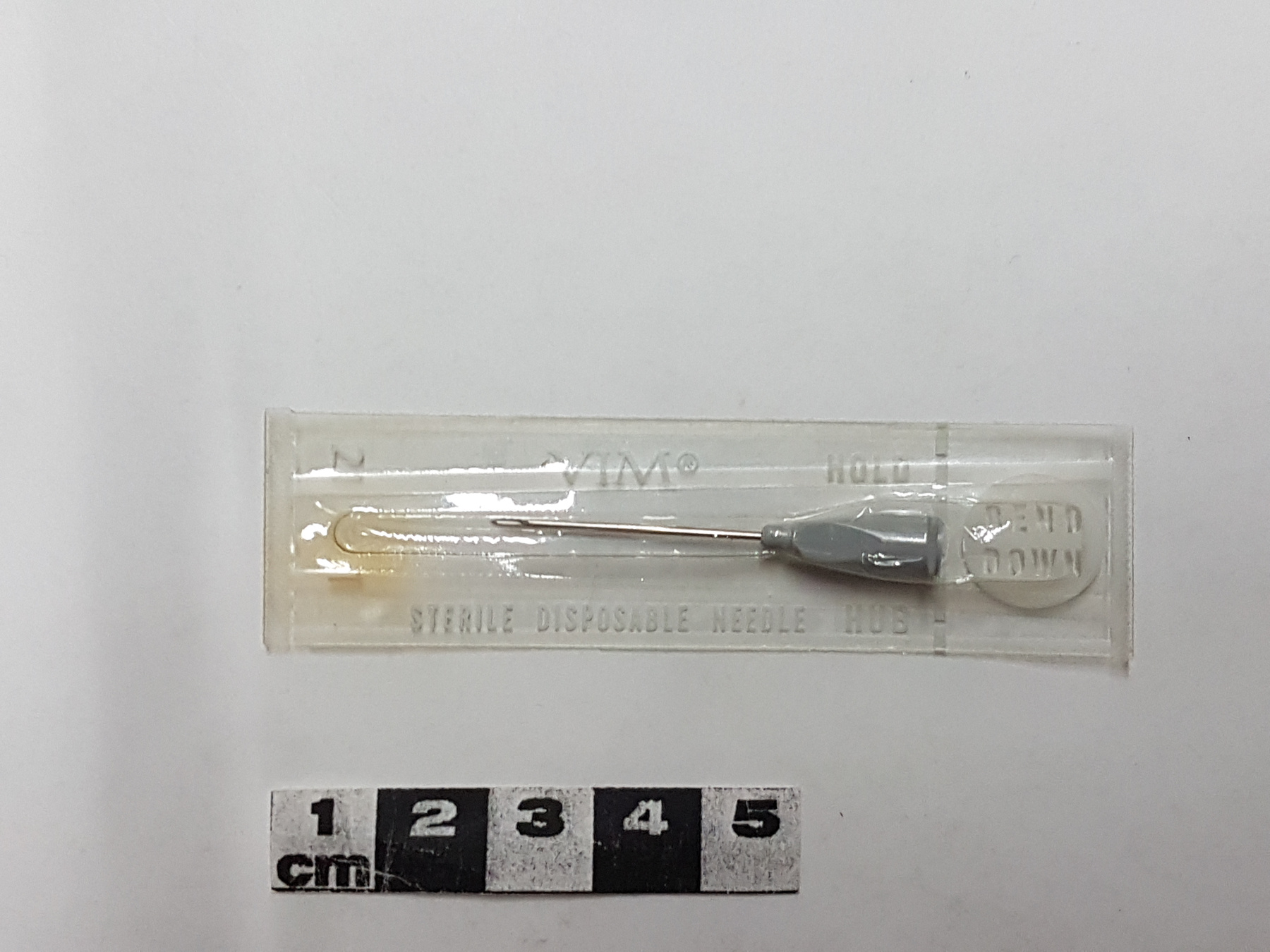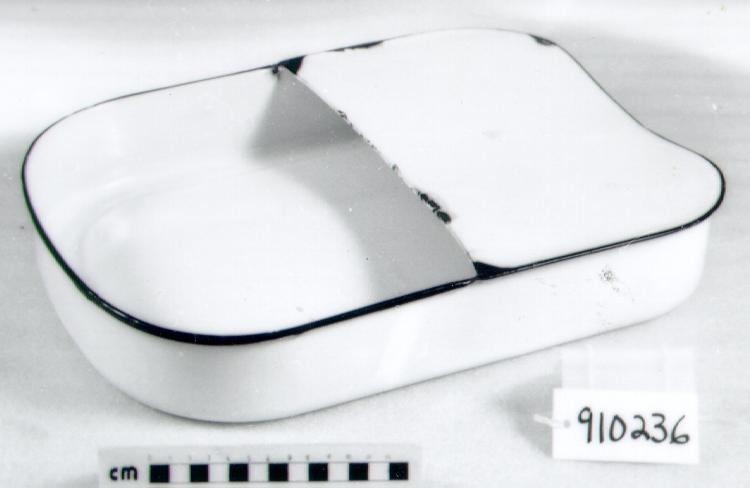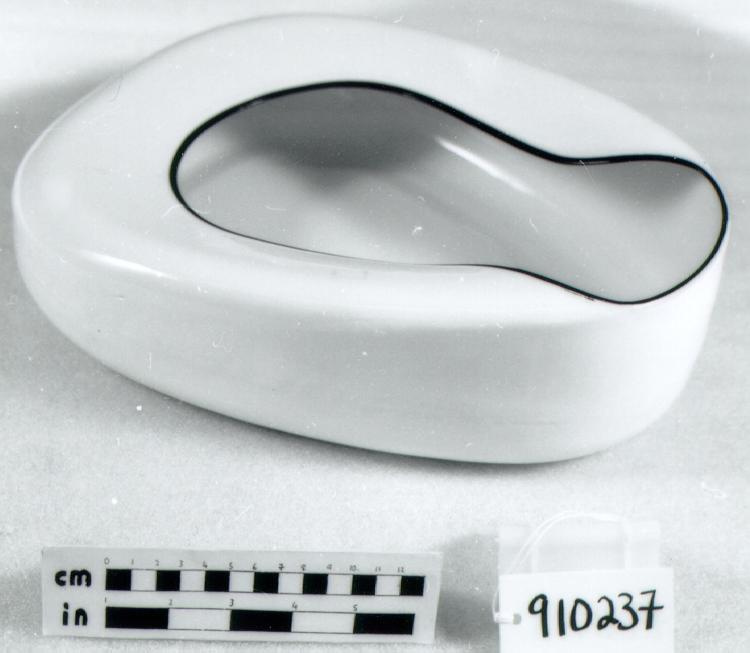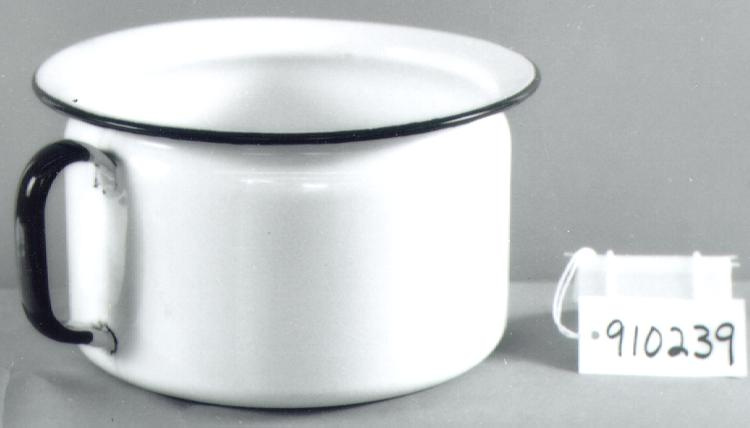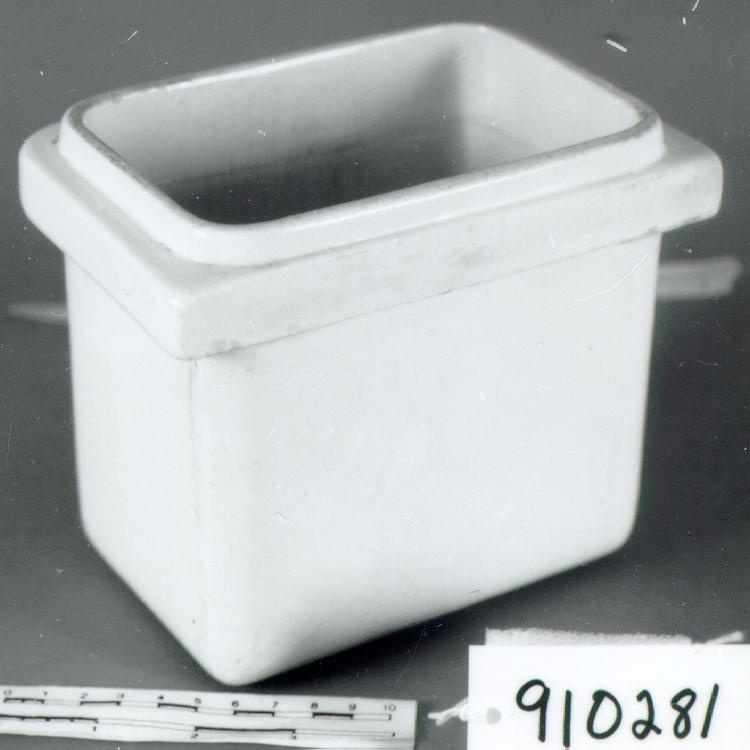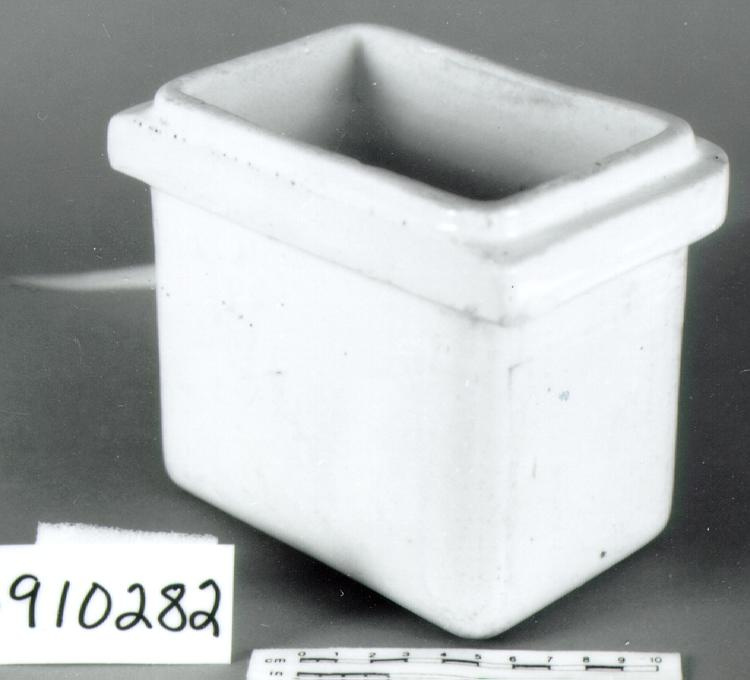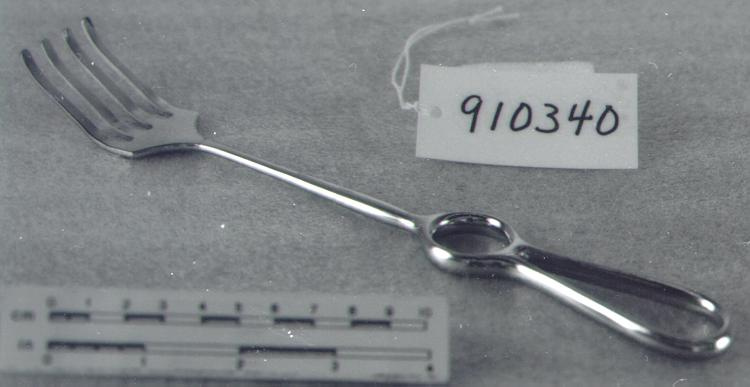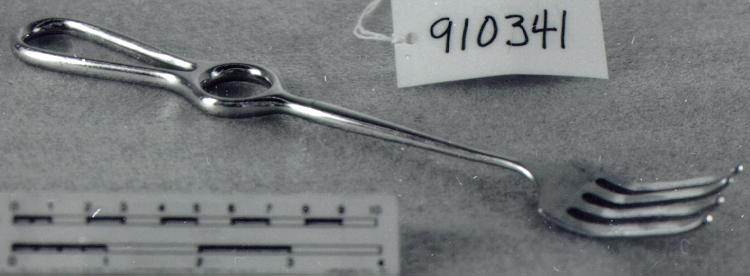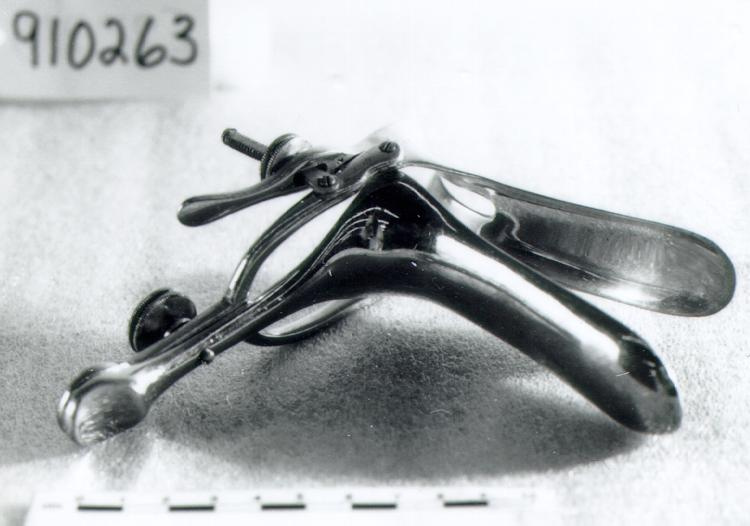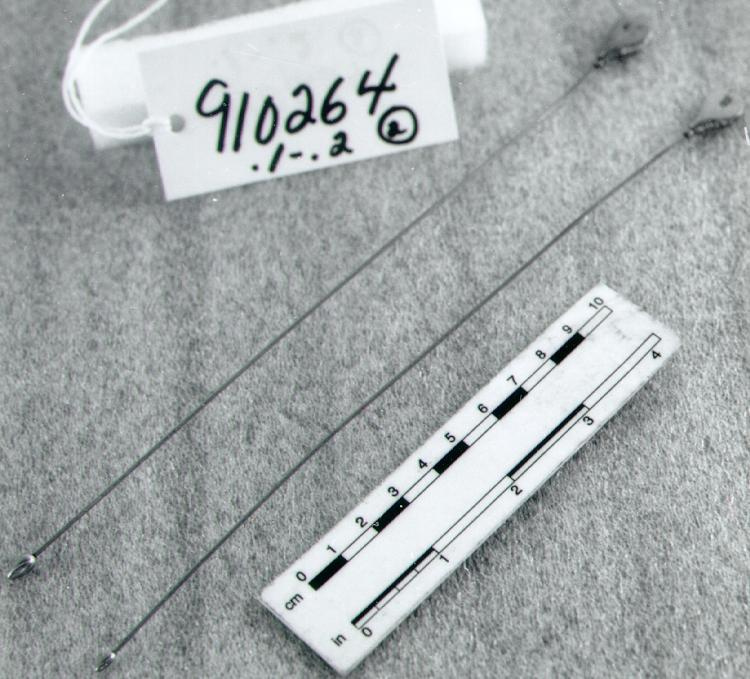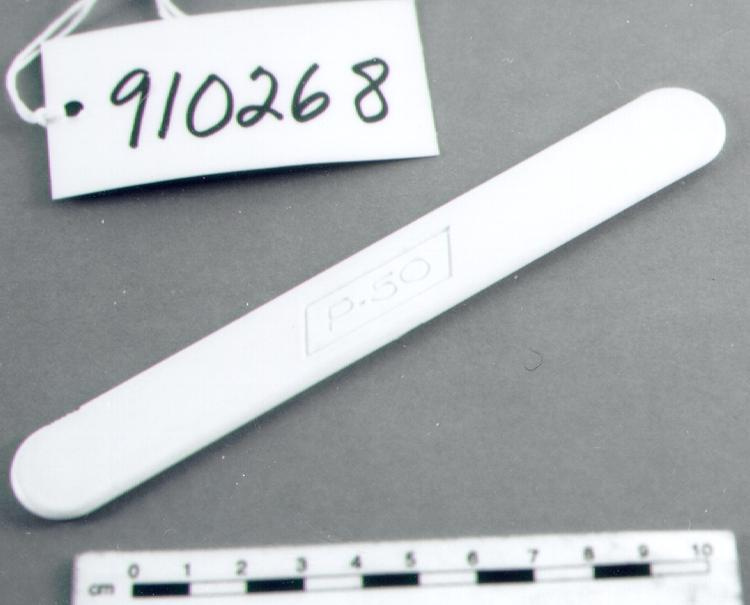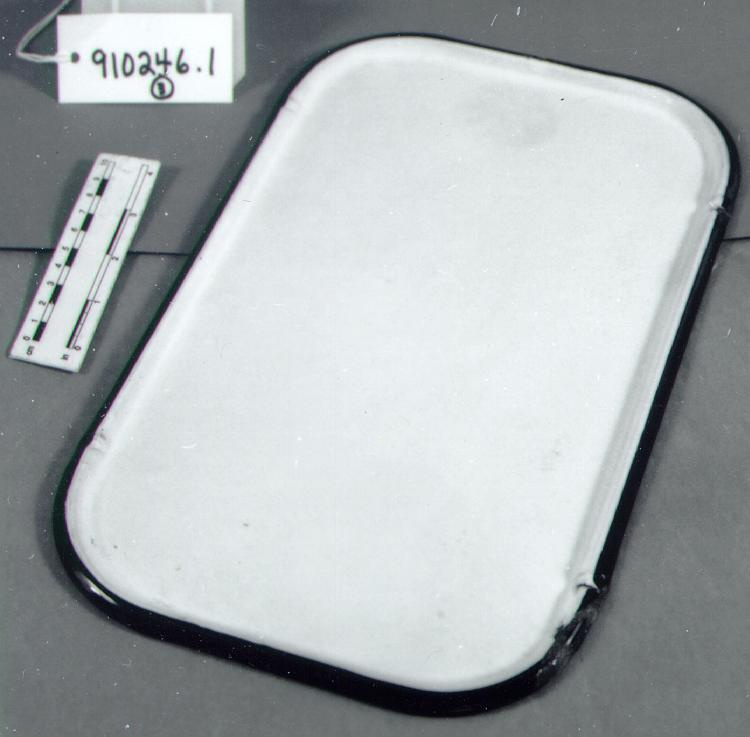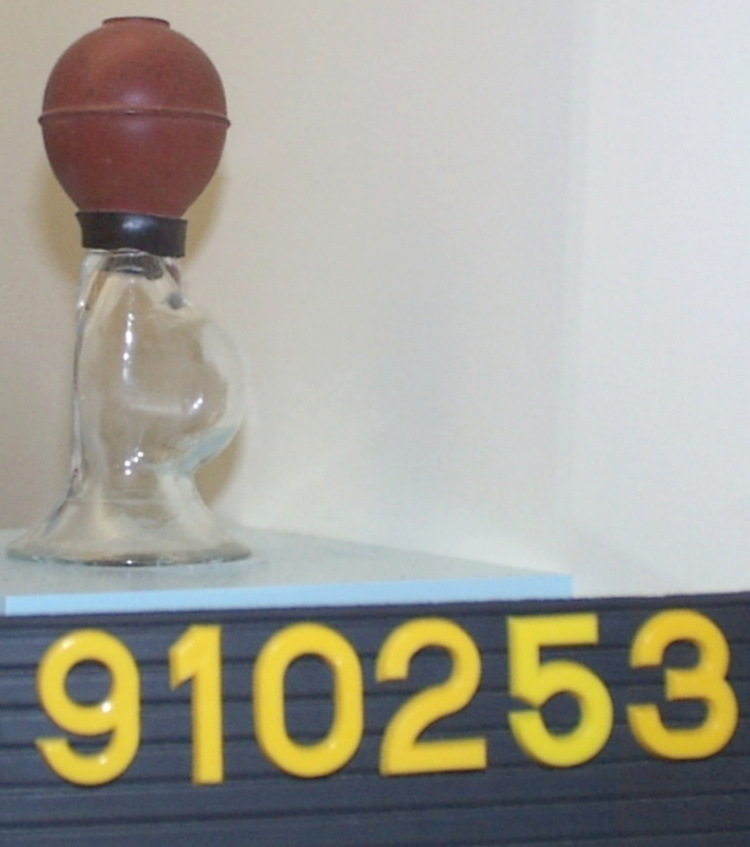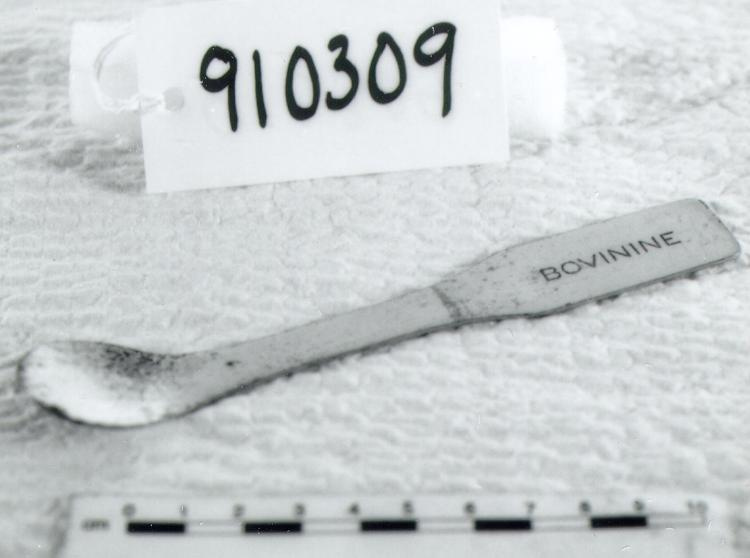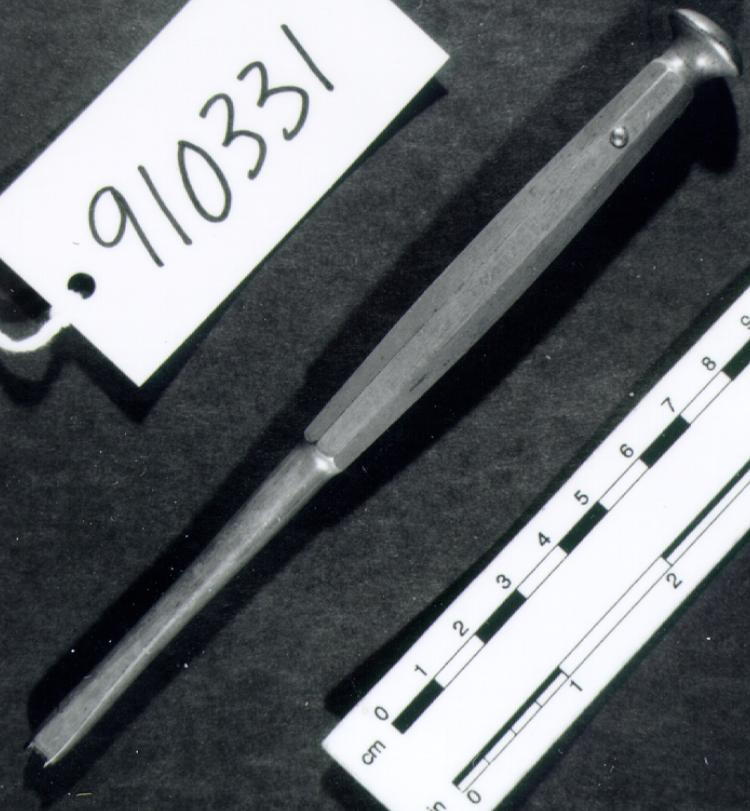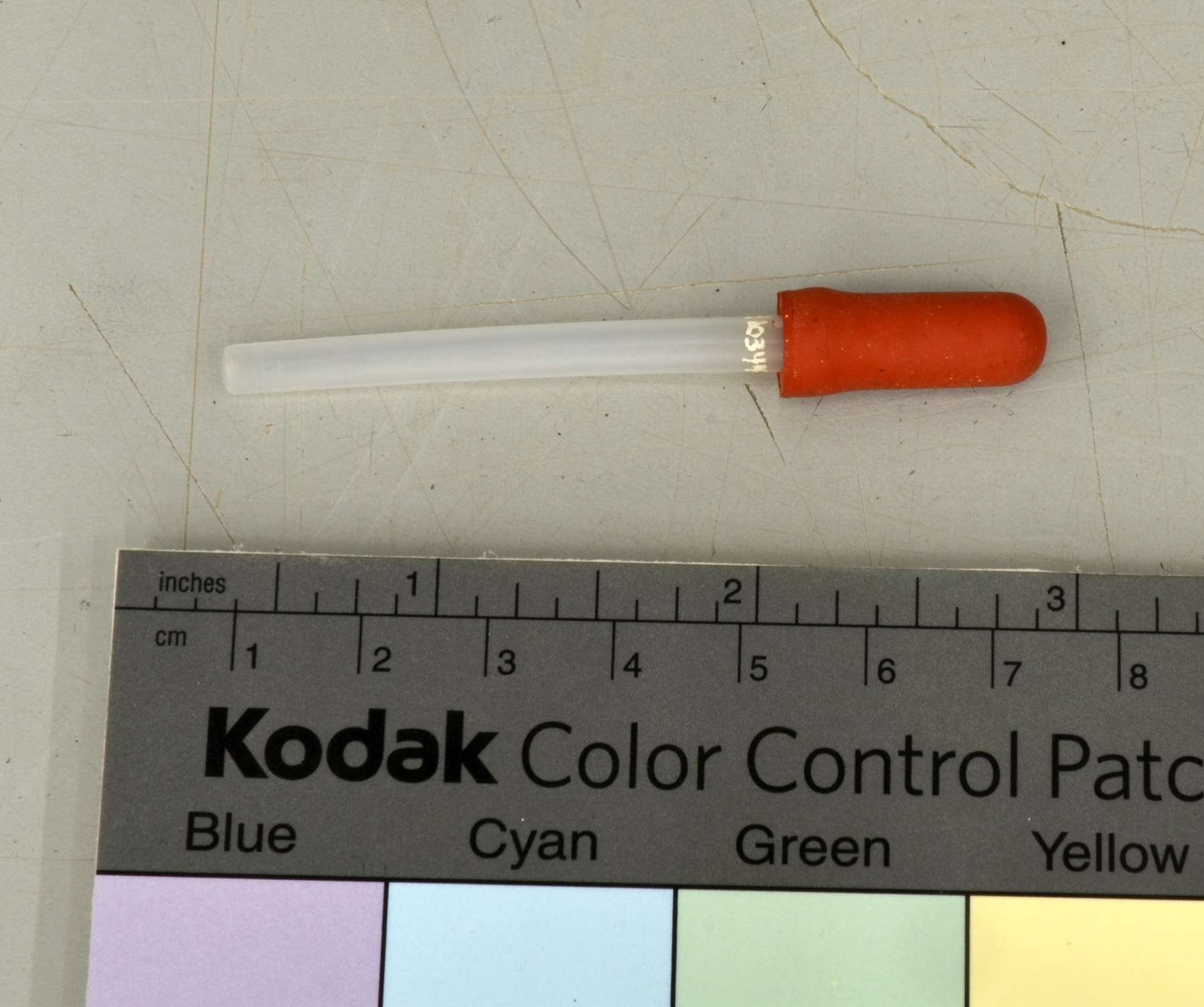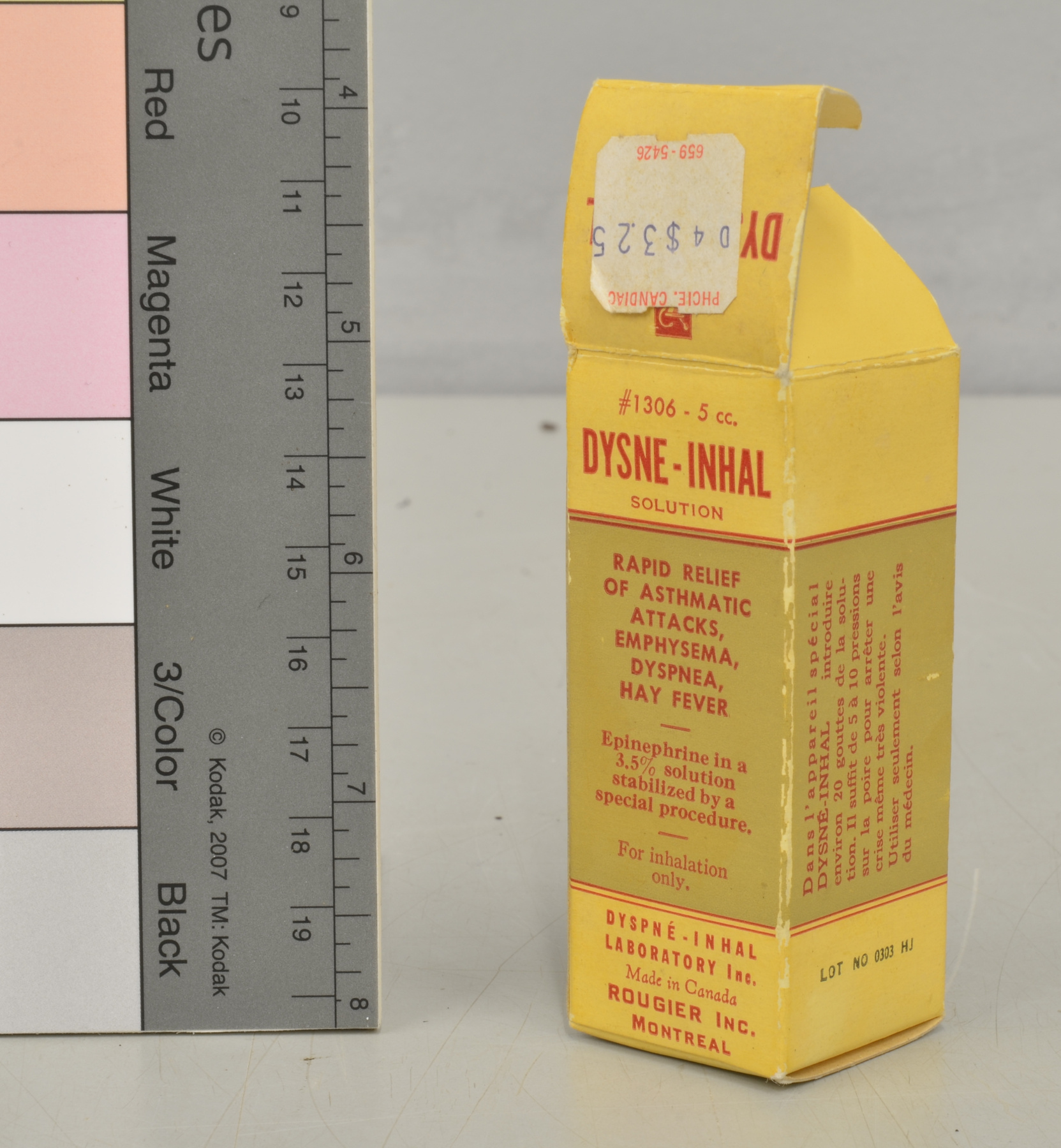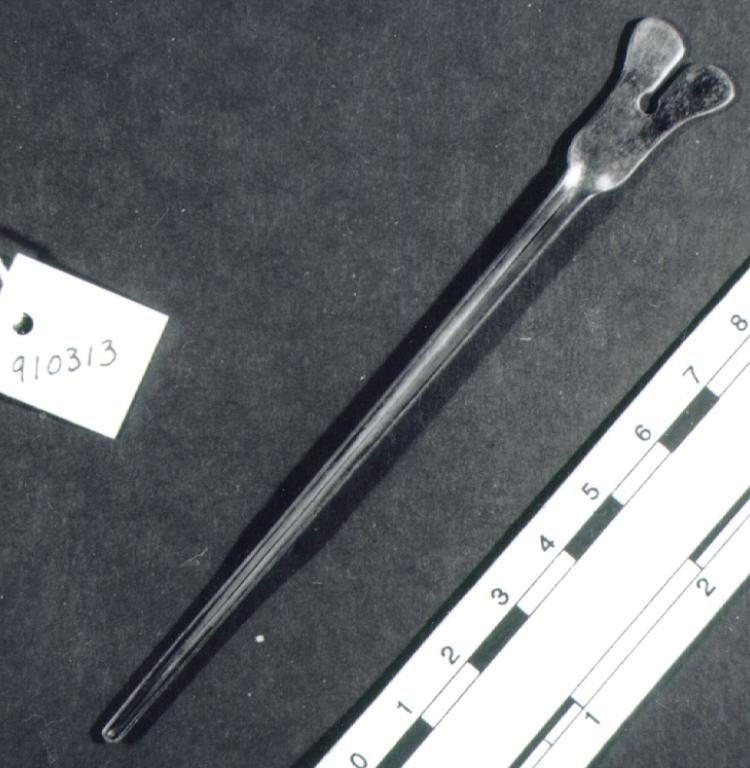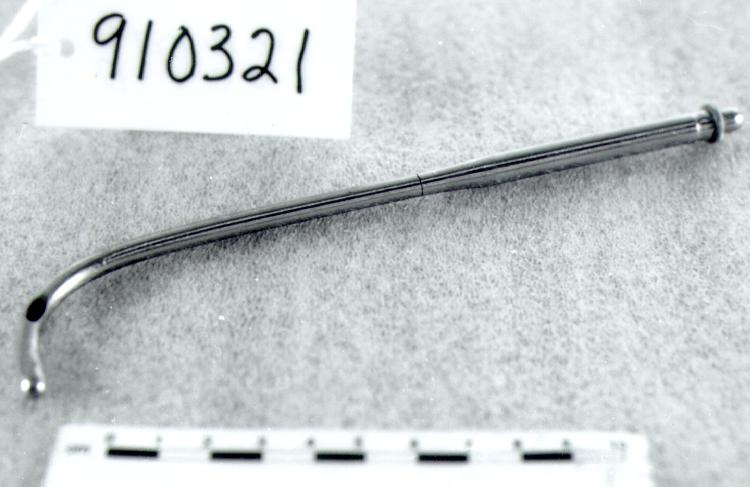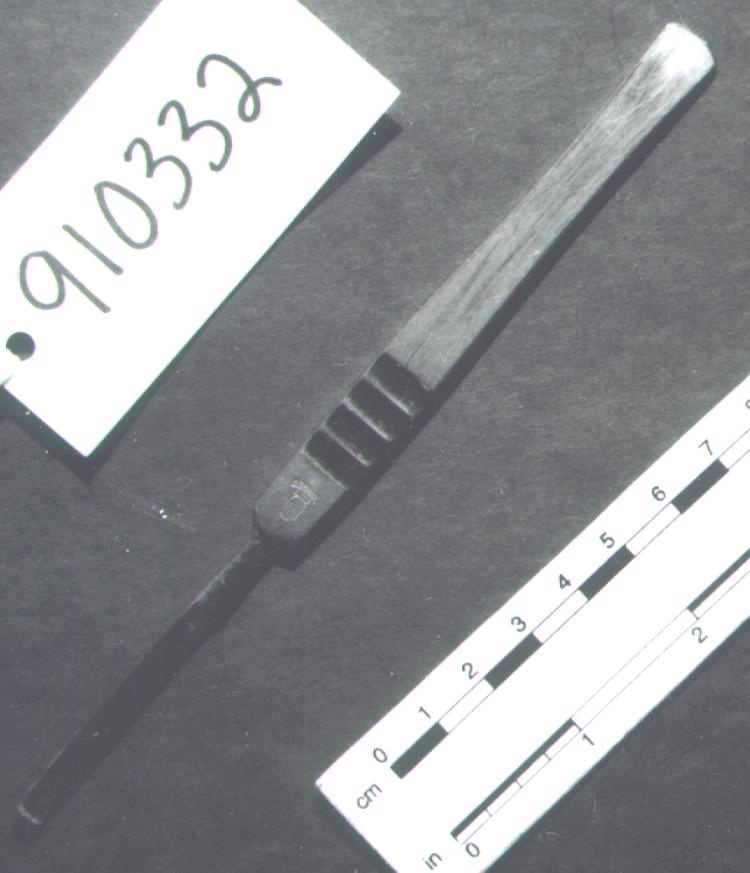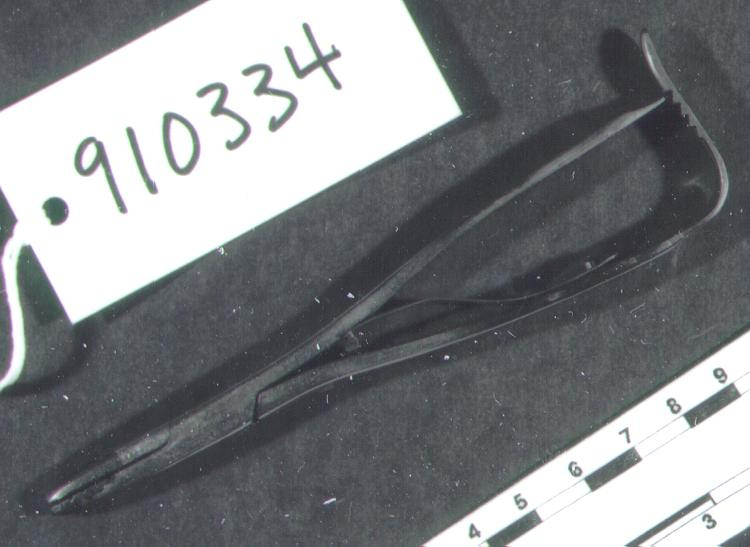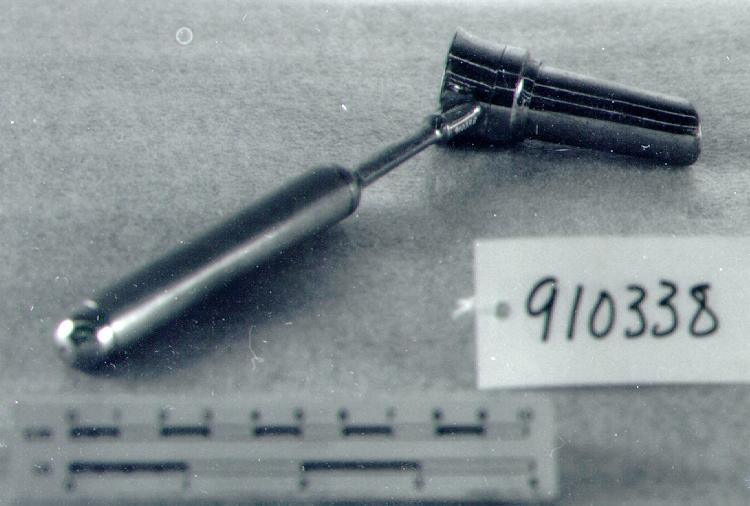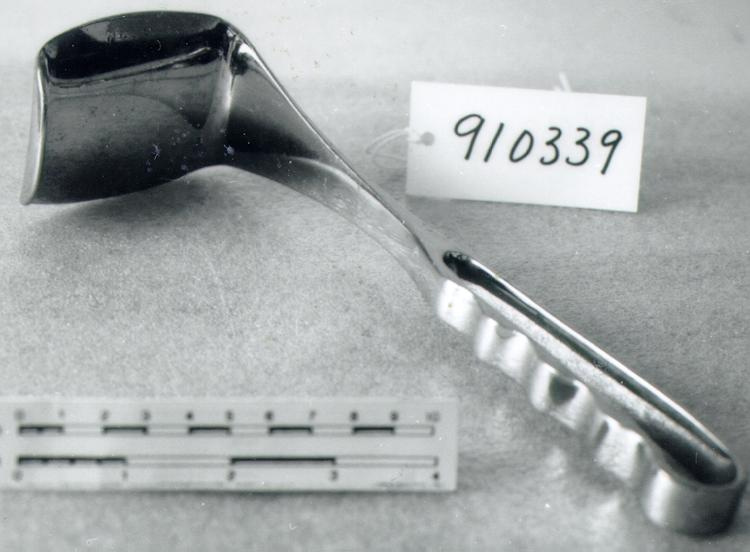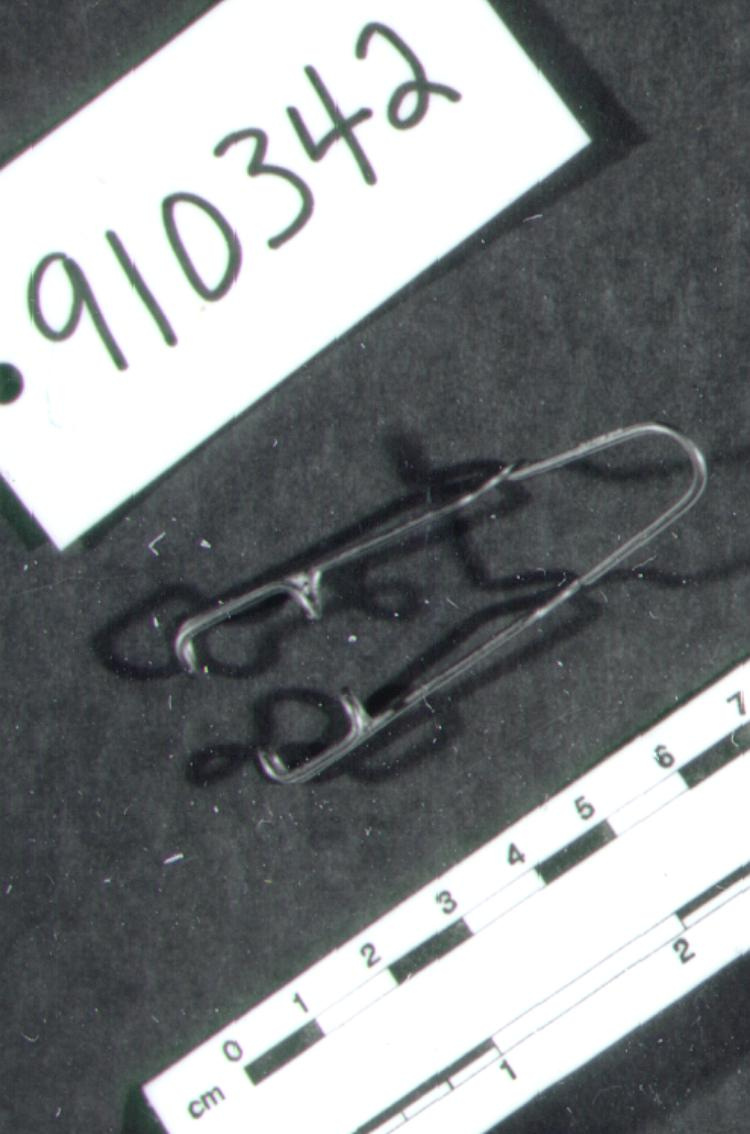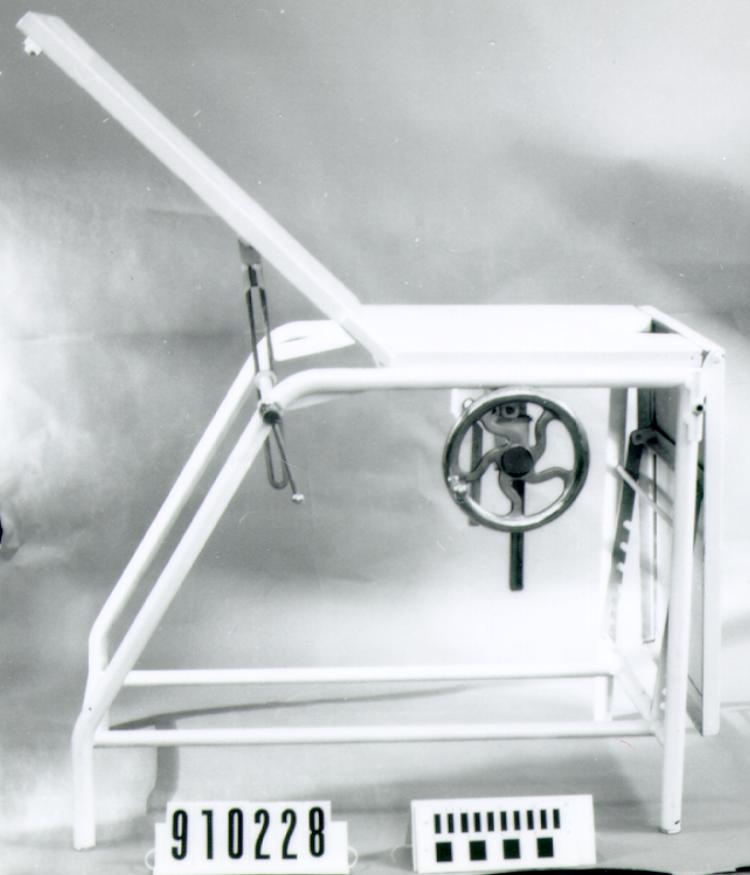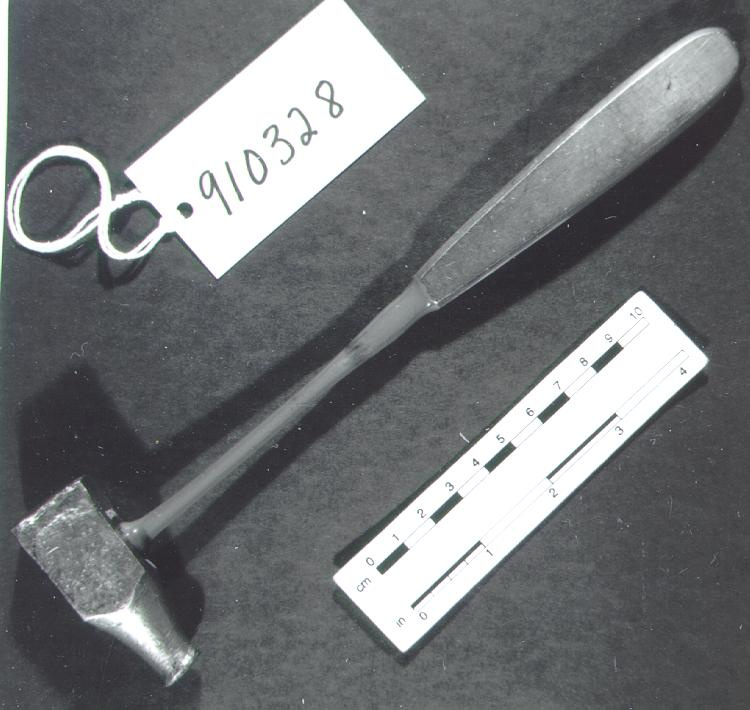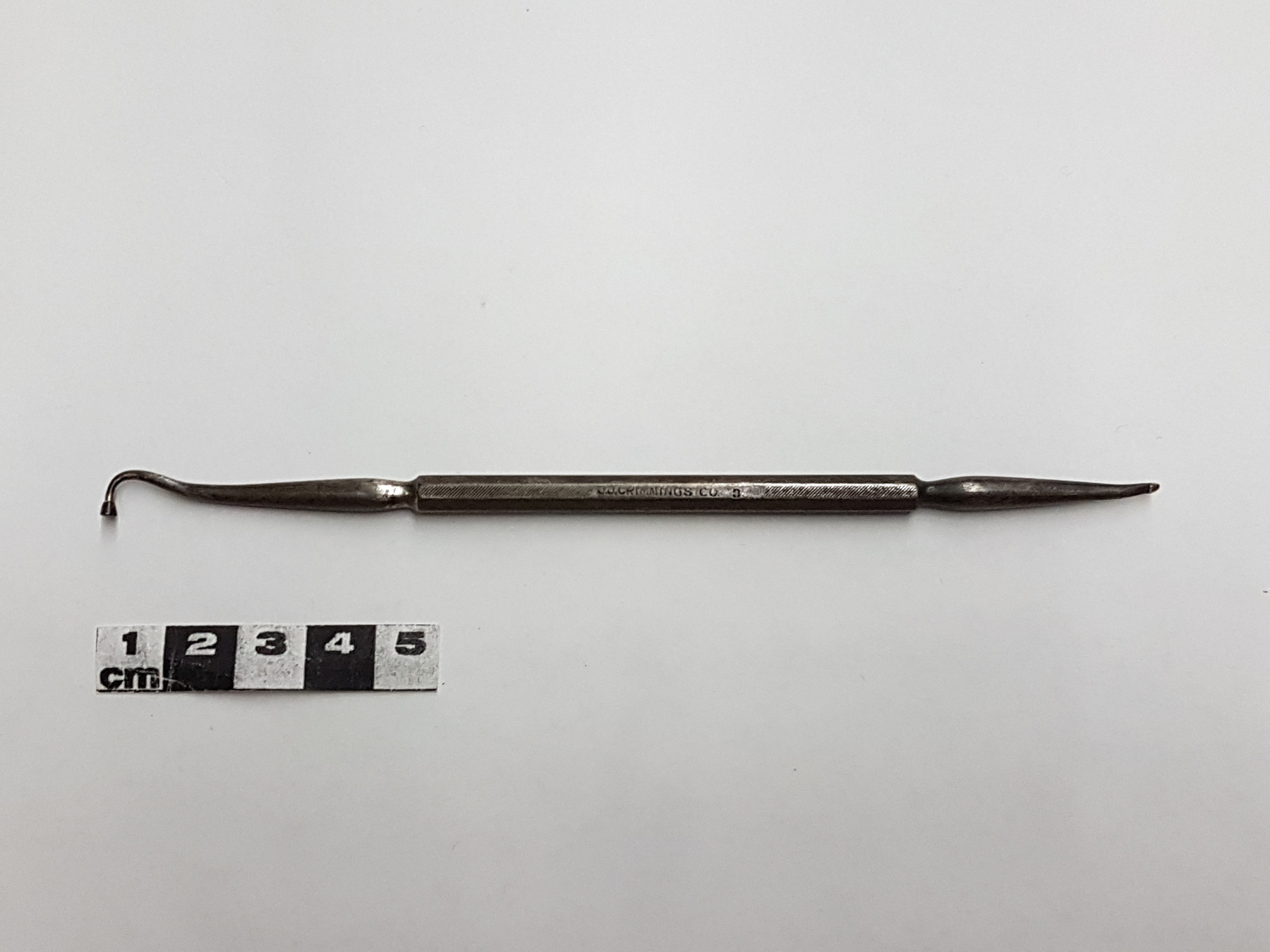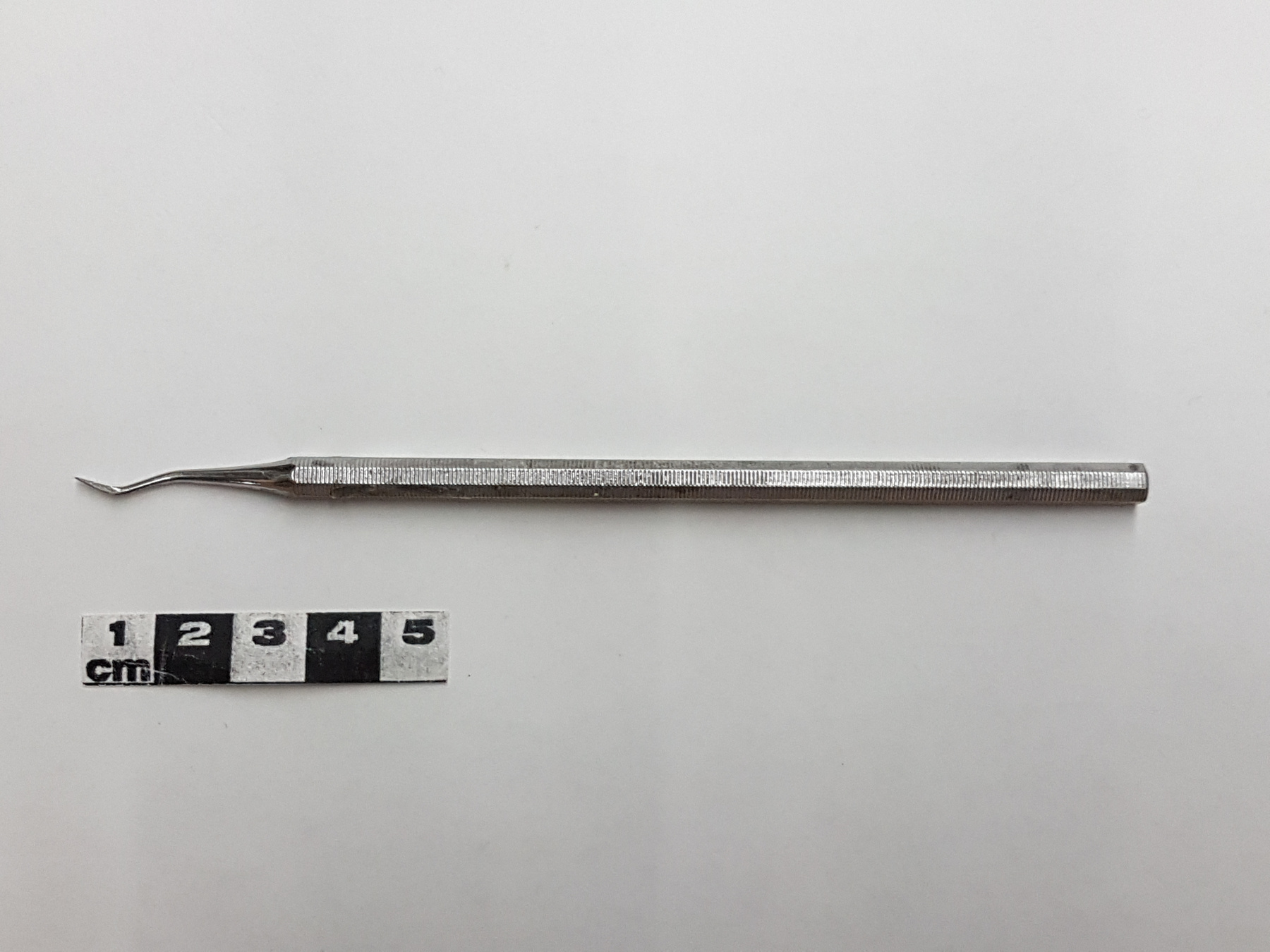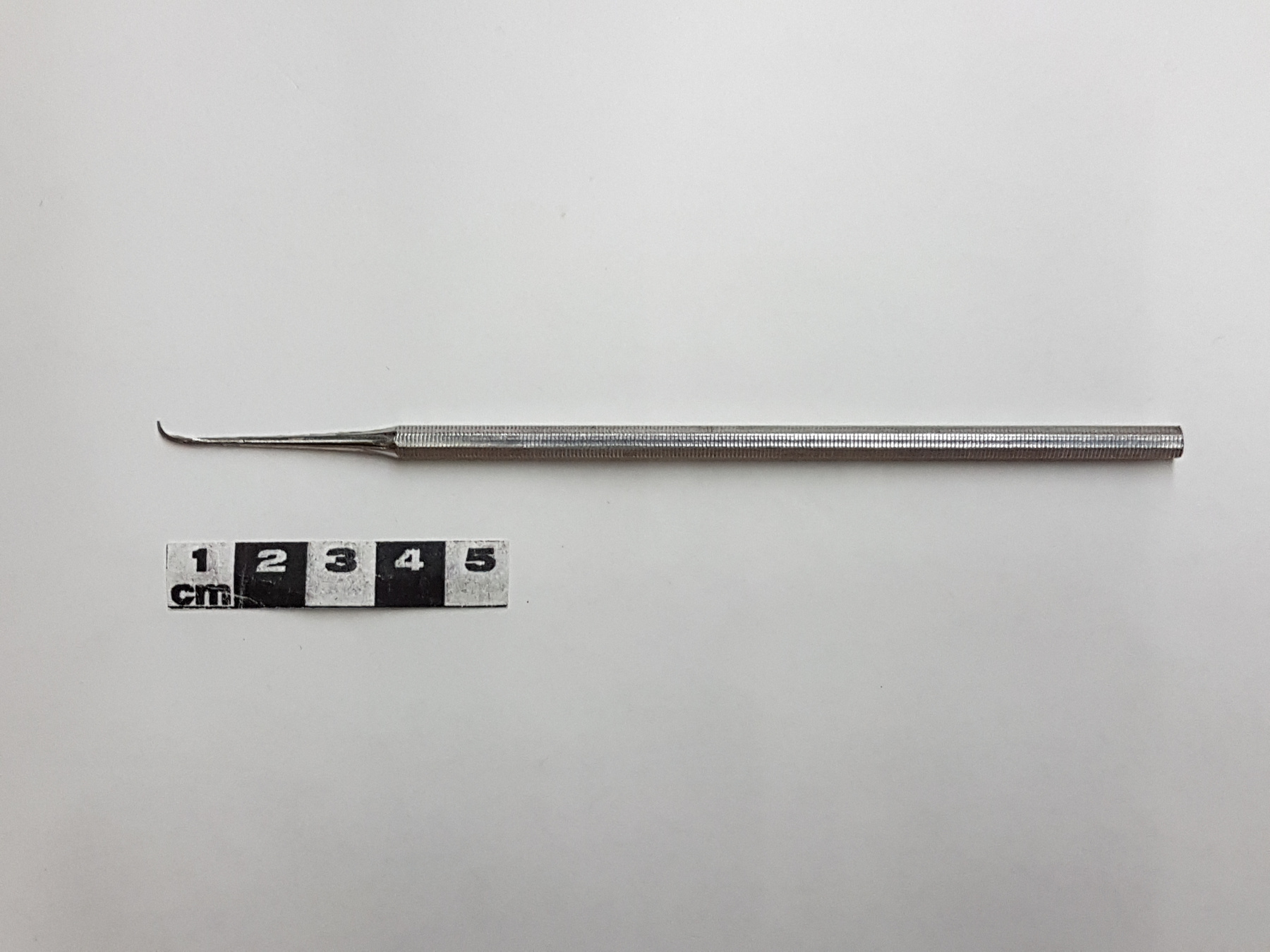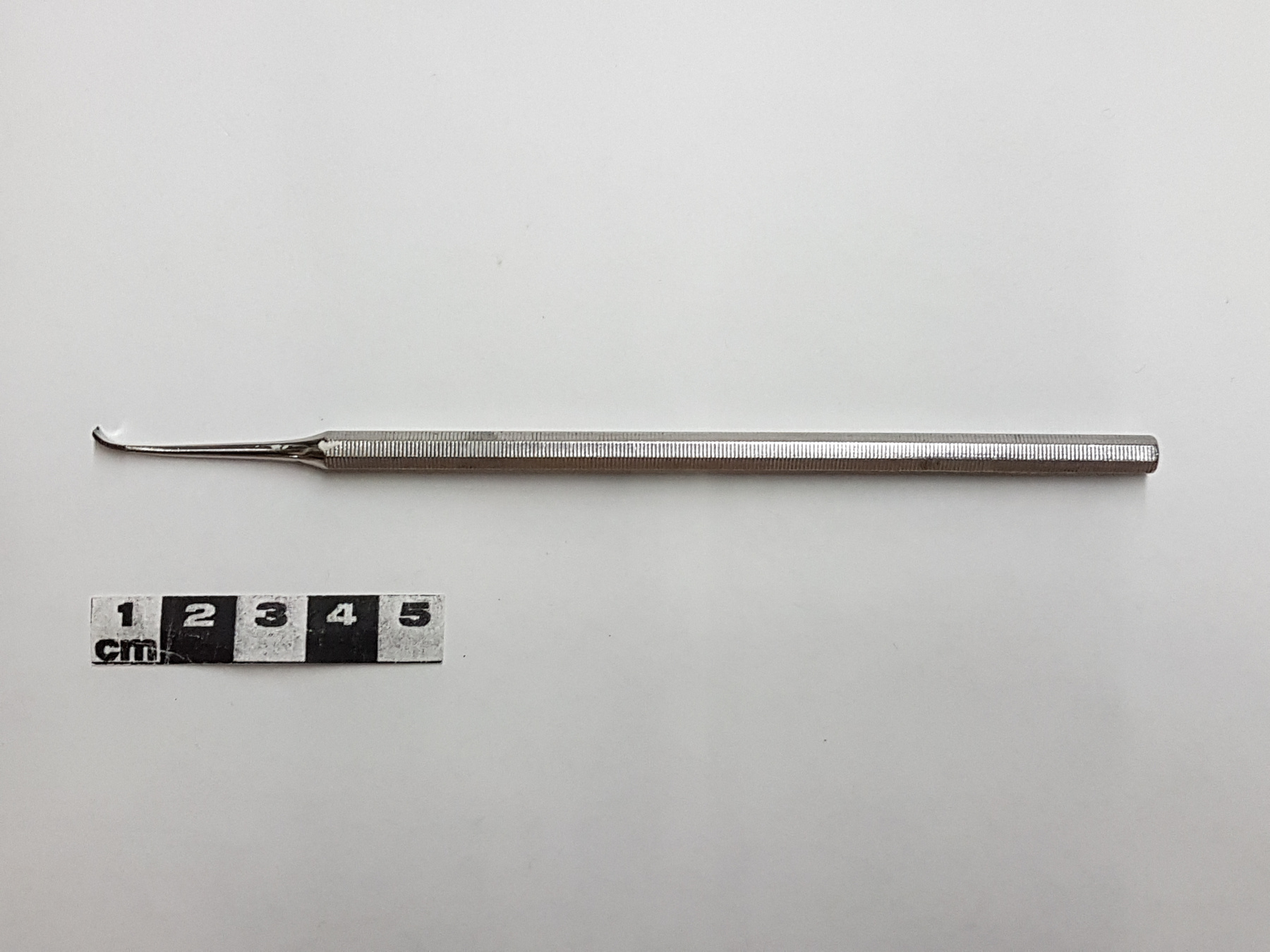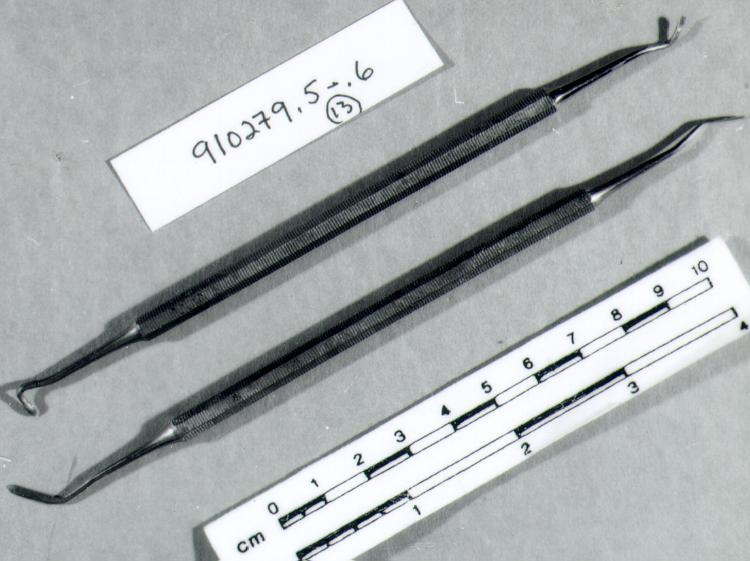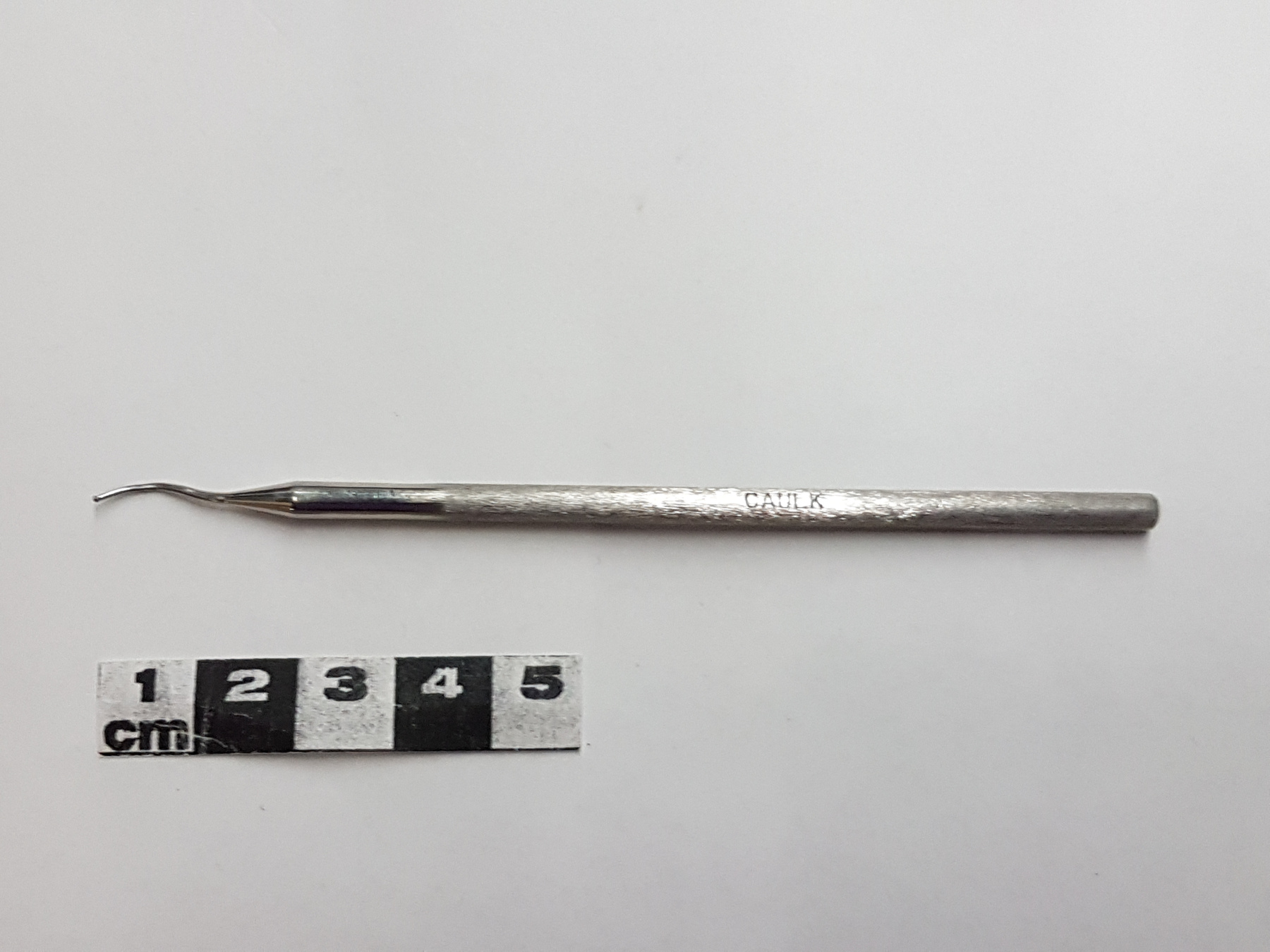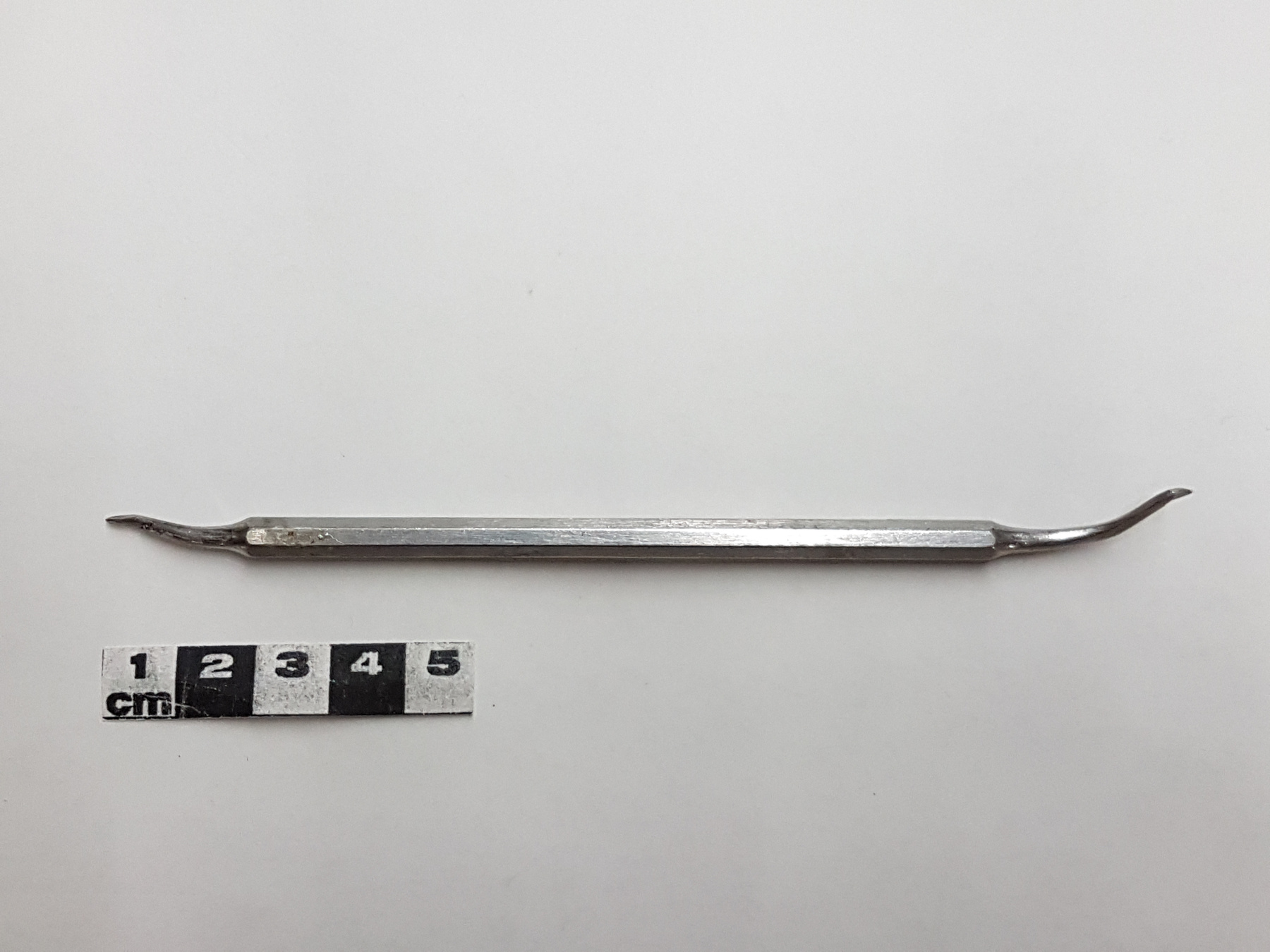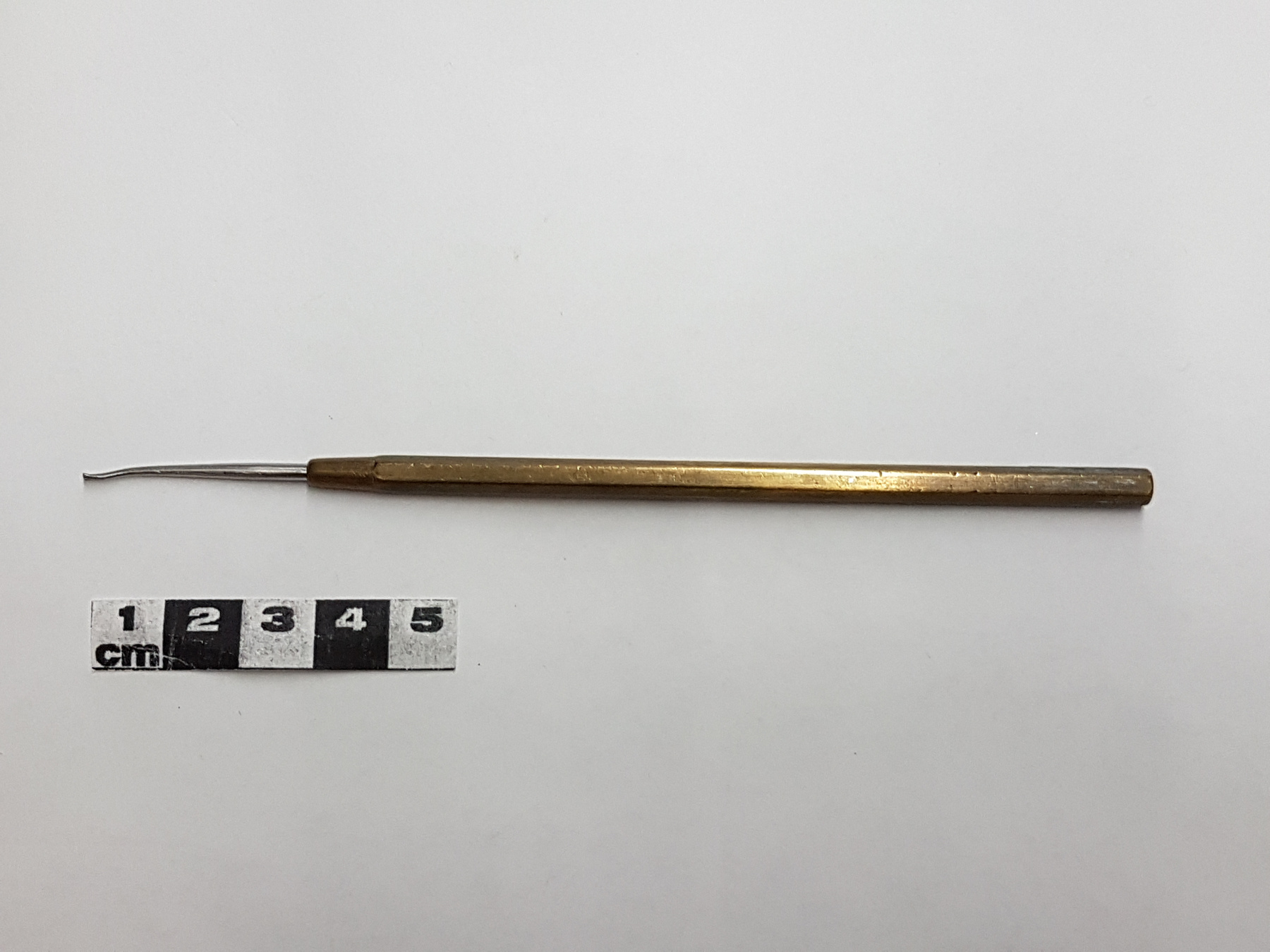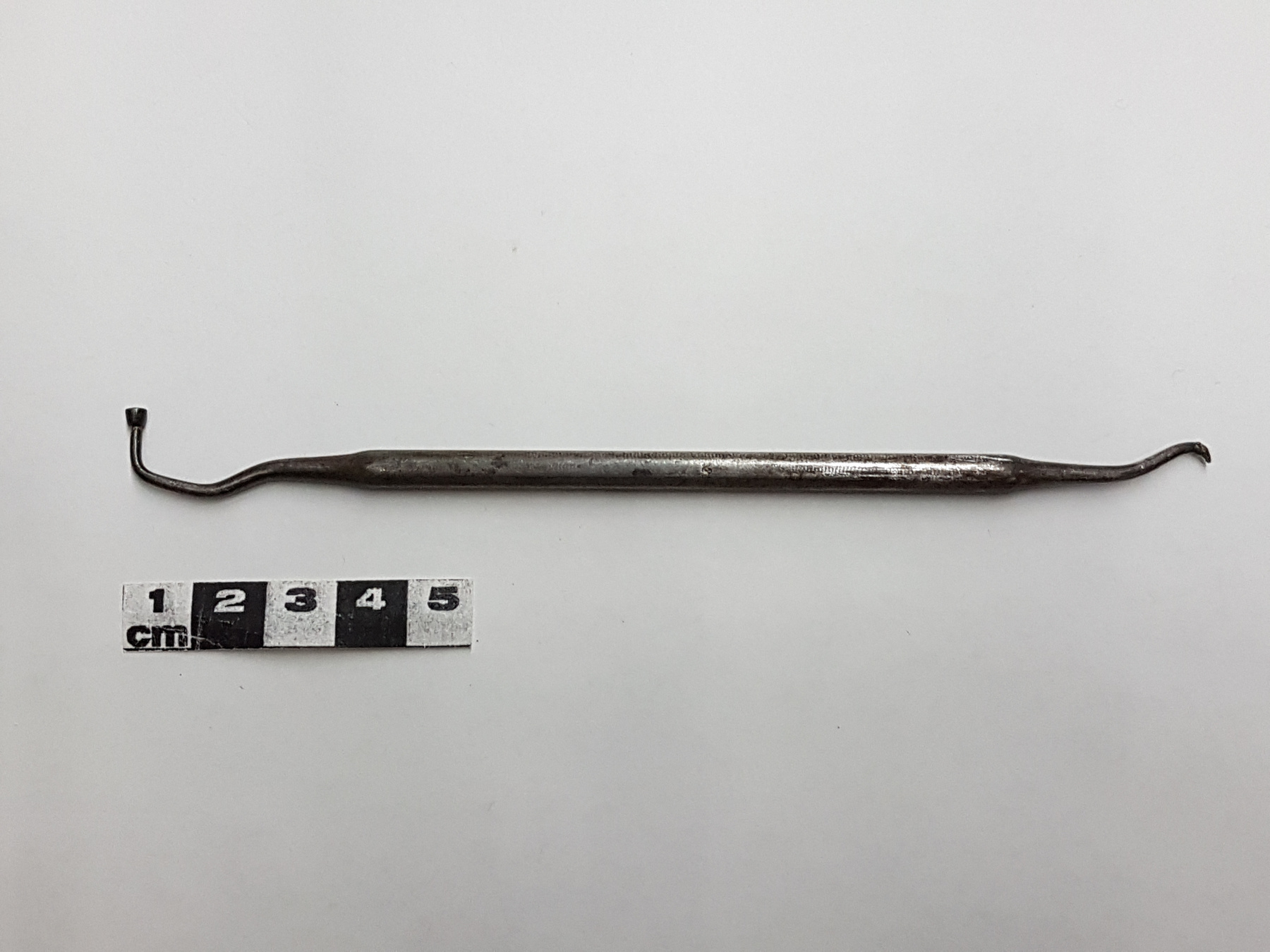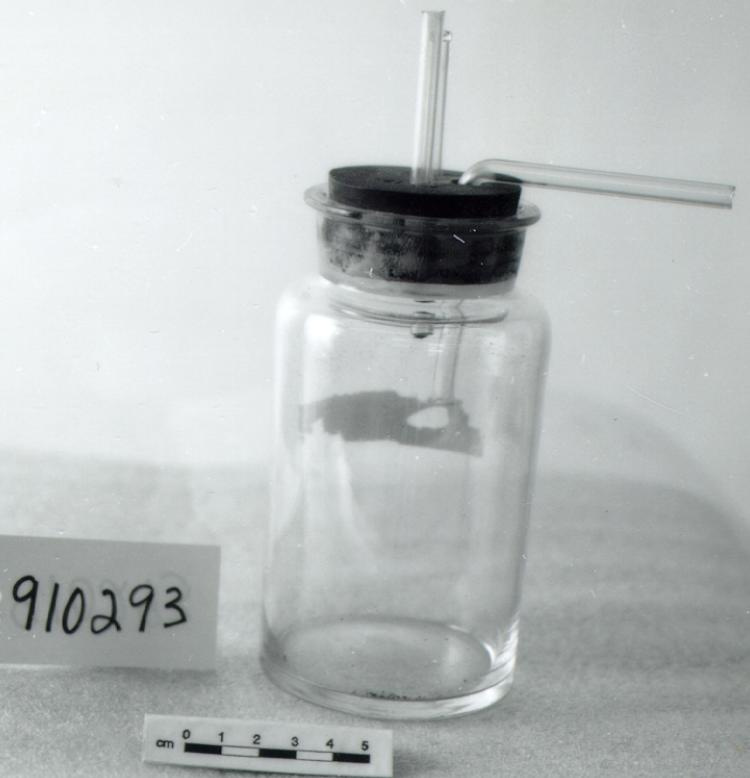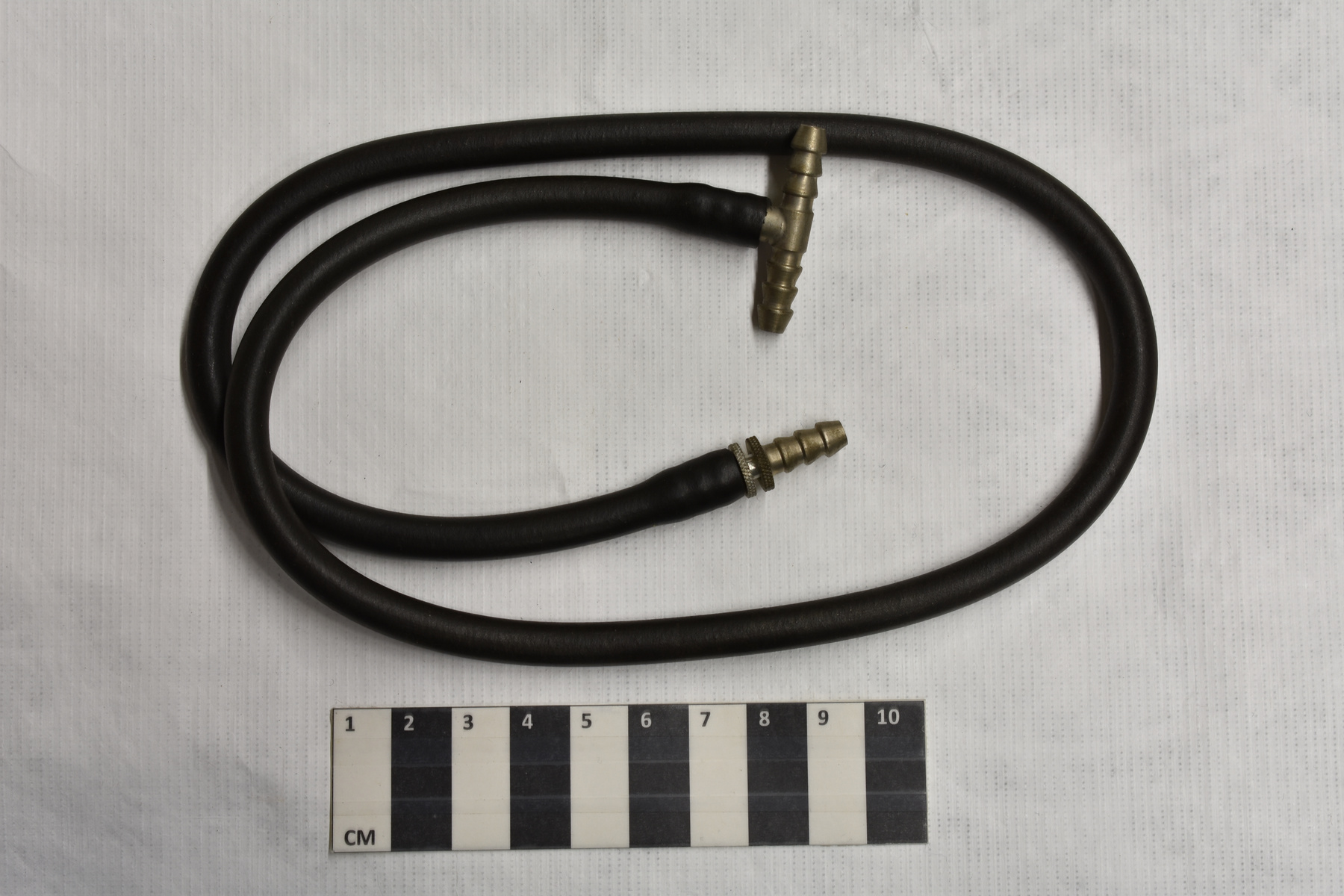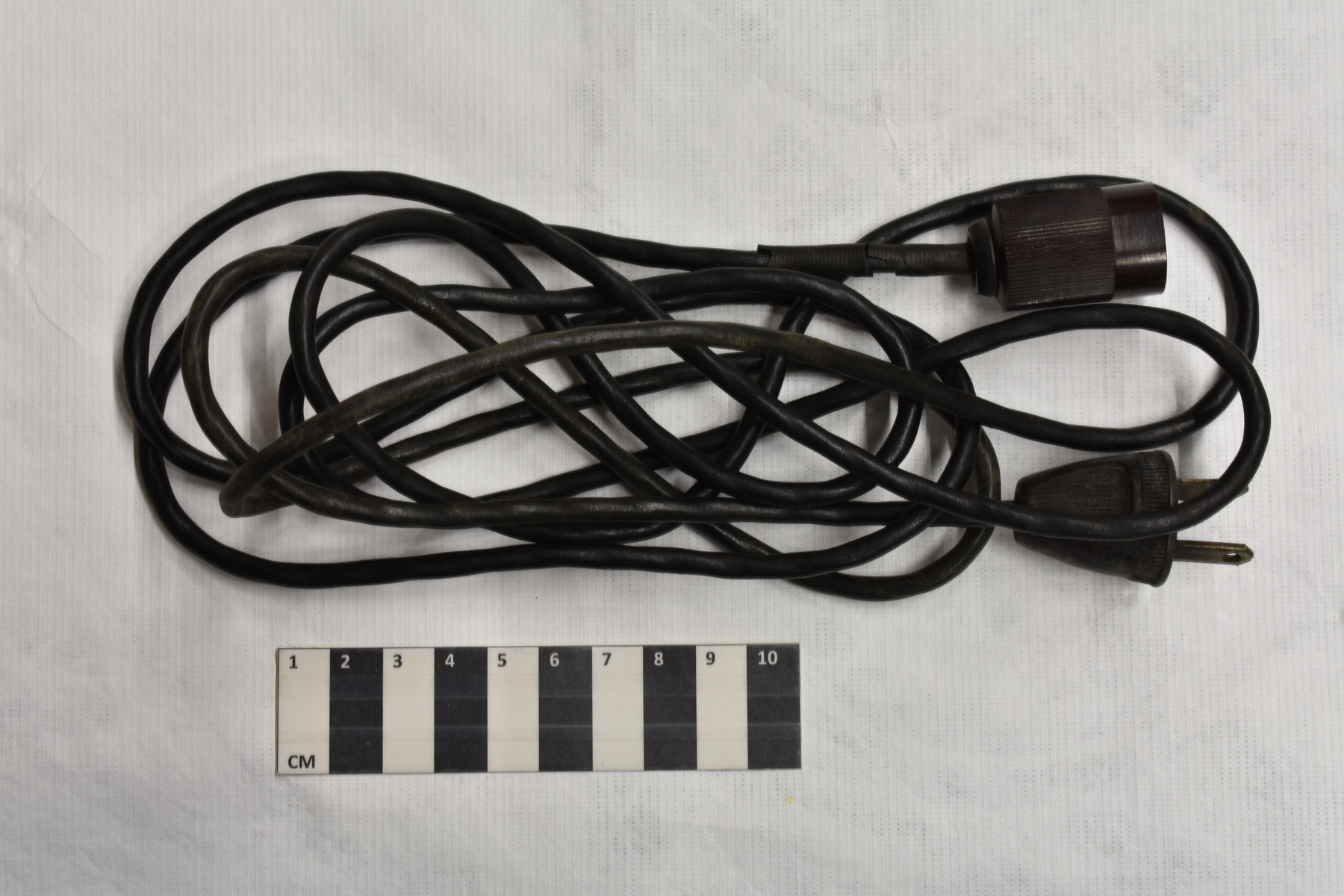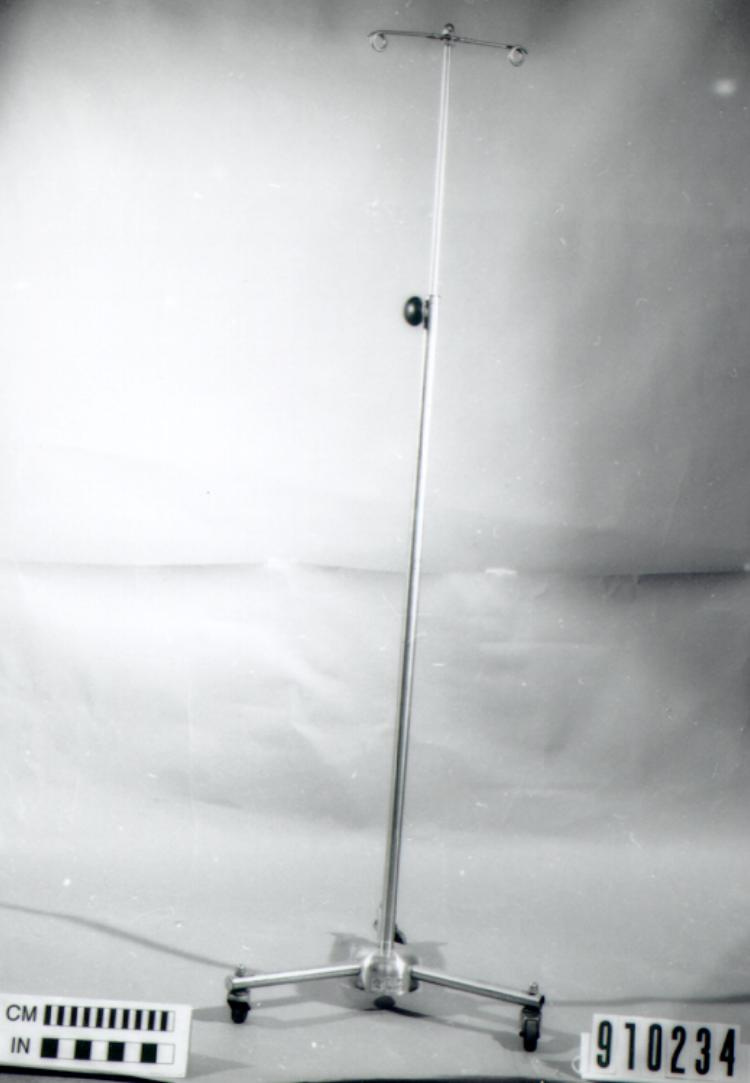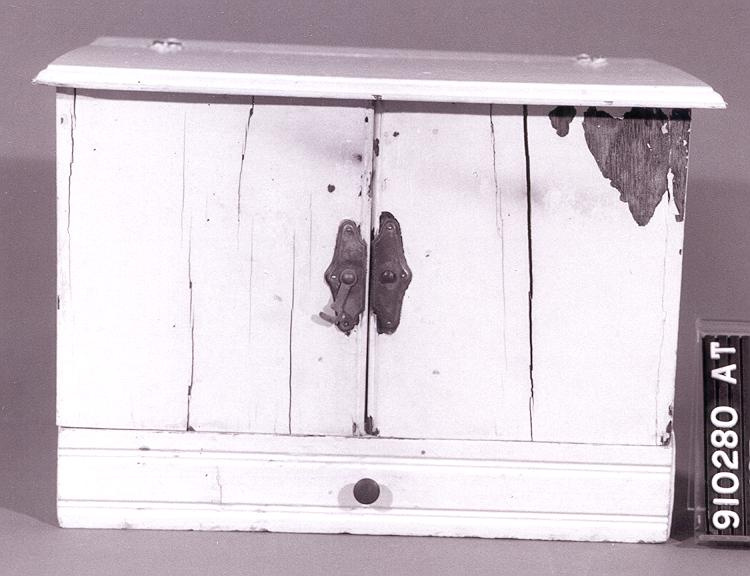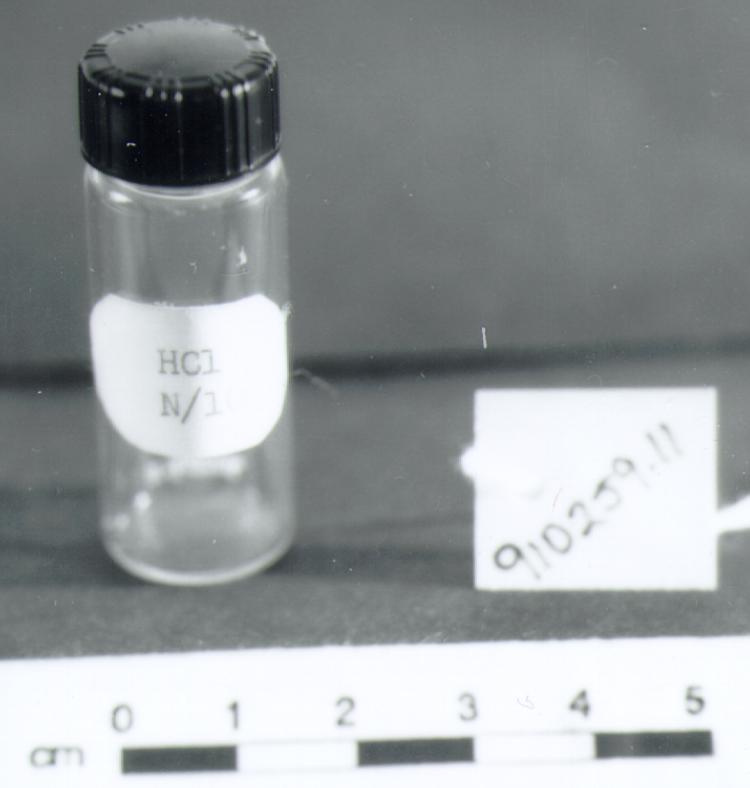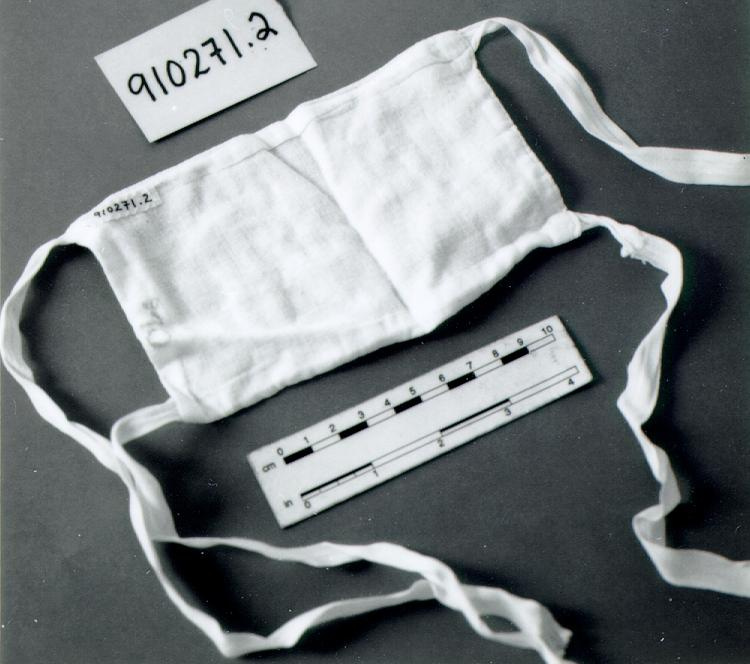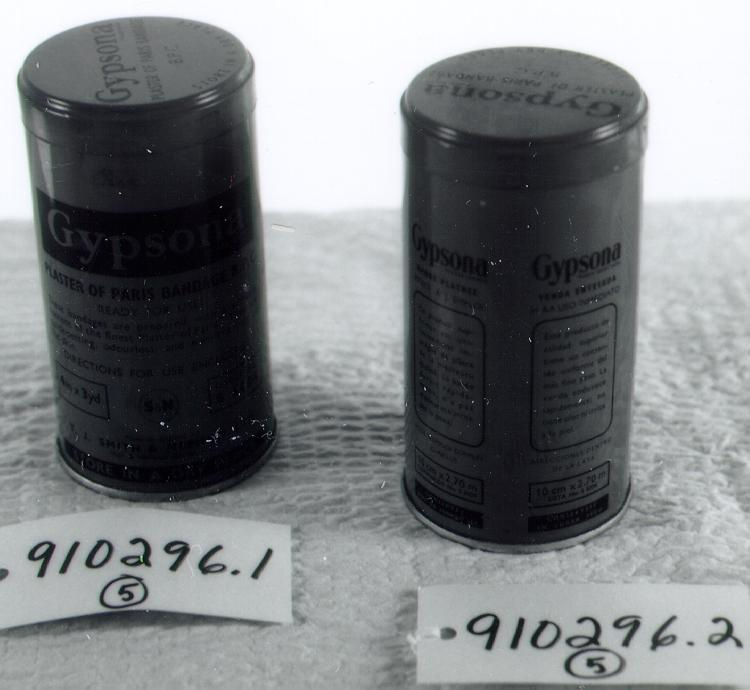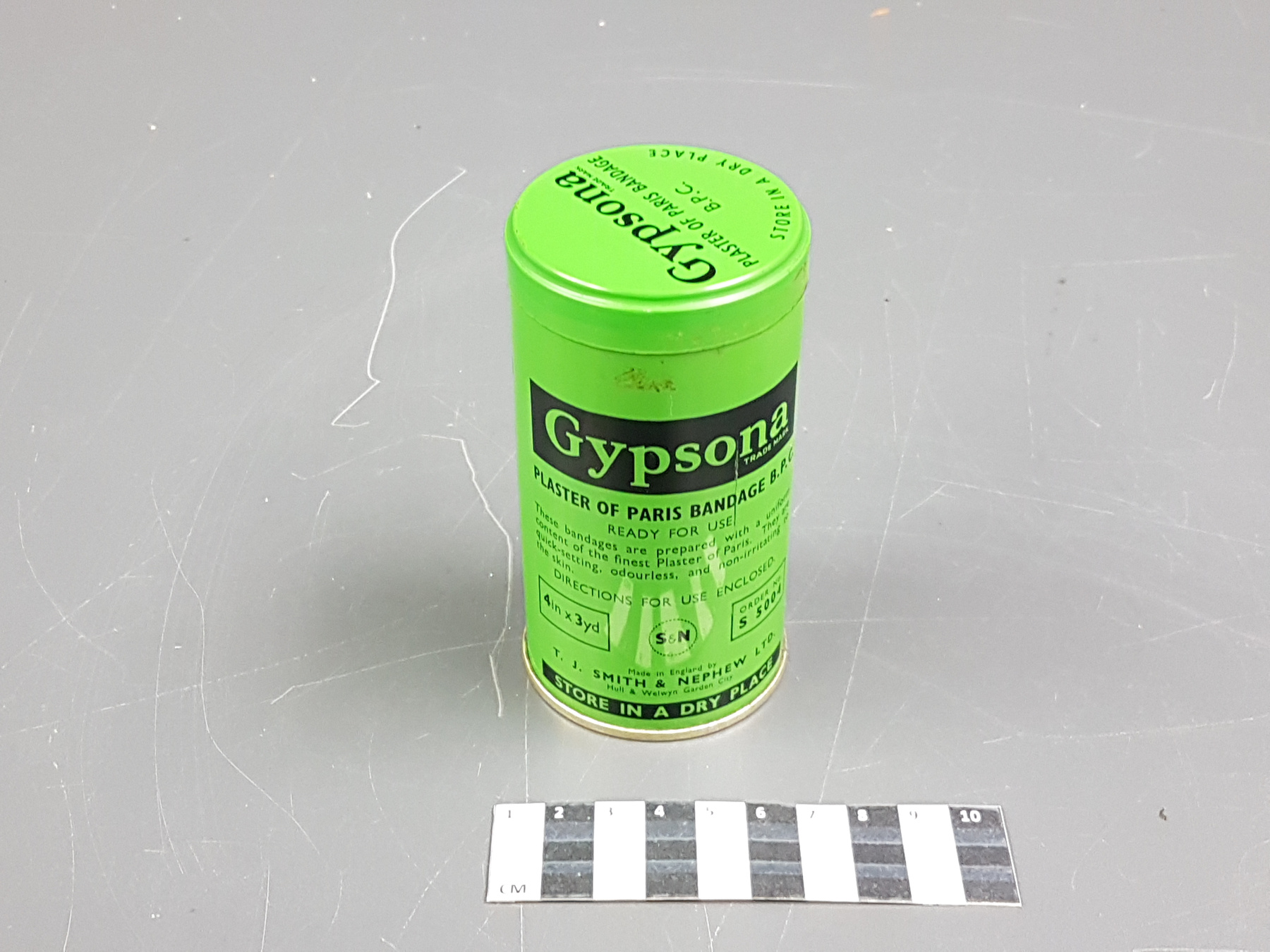Bandage
Use this image
Can I reuse this image without permission? Yes
Object images on the Ingenium Collection’s portal have the following Creative Commons license:
Copyright Ingenium / CC BY-NC-ND (Attribution-NonCommercial 4.0 International (CC BY-NC 4.0)
ATTRIBUTE THIS IMAGE
Ingenium,
1991.0296.001
Permalink:
Ingenium is releasing this image under the Creative Commons licensing framework, and encourages downloading and reuse for non-commercial purposes. Please acknowledge Ingenium and cite the artifact number.
DOWNLOAD IMAGEPURCHASE THIS IMAGE
This image is free for non-commercial use.
For commercial use, please consult our Reproduction Fees and contact us to purchase the image.
- OBJECT TYPE
- PLASTER
- DATE
- 1952
- ARTIFACT NUMBER
- 1991.0296.001
- MANUFACTURER
- SMITH, T.J. & NEPHEW LTD.
- MODEL
- GYPSONA
- LOCATION
- England
More Information
General Information
- Serial #
- N/A
- Part Number
- 1
- Total Parts
- 5
- AKA
- N/A
- Patents
- N/A
- General Description
- GAUZE BANDAGE SATURATED WITH PLASTER OF PARIS/.1-.4 STORED IN METAL CANS; BANDAGE WRAPPED IN WAXED PAPER
Dimensions
Note: These reflect the general size for storage and are not necessarily representative of the object's true dimensions.
- Length
- 5.8 cm
- Width
- 5.8 cm
- Height
- 11.1 cm
- Thickness
- N/A
- Weight
- N/A
- Diameter
- N/A
- Volume
- N/A
Lexicon
- Group
- Medical Technology
- Category
- Medical equipment
- Sub-Category
- N/A
Manufacturer
- AKA
- SMITH
- Country
- England
- State/Province
- Unknown
- City
- Unknown
Context
- Country
- Canada
- State/Province
- New Brunswick
- Period
- C.1952-1968
- Canada
-
Examples of common medical supplies as used by a small hospital in the Maritimes. Grand Falls was an economically depressed area at the time this hospital was open & Sister Rinfret writes that, at $0.50 - $1.00 per bandage (in 1952) that the staff was very careful not to waste material (Ref.1,p.56) “This artifact is part of a collection used in l’Hôpital de l’Assomption in Grand Falls/Grand Sault, New Brunswick. The hospital was run by the Secular Institute of The Oblate Missionaries of Mary Immaculate (OMMI), from 1952-1964. OMMI is a large organisation which ran residential schools across Canada and the Secular Institute is one arm of that larger organisation [1].The artifacts in this collection were curated by the Secular Institute (sometimes referred to as the “Oblates”), specifically Fabienne Rinfret, who was one of the original 10 nurses working at the hospital when it opened [2]. They were purchased by The Canada Science and Technology Museum in 1991, only months before OMMI made their first apology for their role in running residential schools [3]. The artifacts in this collection are common examples of medical objects, which were manufactured in many places inside and outside of Canada. What makes them unique is their context, they were used in this hospital by the “Oblate” nurses. The hospital was previously called l’Hôpital d’Emard and run by Mme. Emard, Mr. Emard (who was blind), and a few other staff [4]. The “Oblates” took over in 1952 and ran the hospital until May 31st 1964 upon the opening of Grand Falls General Hospital Incorporated, which was run by the Religieuses Hospitalières de St-Joseph. The Cataract Weekly (Grand Falls’ bilingual newspaper) reported that all 55 staff members were hired on at the new hospital and most of the equipment was transferred there as well [5]. After only a year and a half the Secular Institute had 200 members, most of whom had passed through the Mother House at l’Hospital de l’Assomption. Many members were nurses working at hospitals in New Brunswick and Québec. Others worked as teachers, housekeepers, and nurses at presbyteries [6]. From the Secular Institute’s history written in 2015, Malenfant states: “[t]he Institute did not limit itself to a particular type of works” and “[t]he intern members devoted themselves in varied works: hospitals, schools, classical colleges, dispensaries, secretariats, social services, homes for young girls, for convalescents or for the elderly, bookstores, […] etc.” [2]. There were no residential schools in New Brunswick, however, Shubenacadie Residential School ran in Nova Scotia from 1930 and 1967 [7]. From 1956-1967 it was managed by the Oblate Missionaries of Mary Immaculate [8]. There was also a segregated hospital and day school, Tobique Indian Hospital (also known as St. Ann’s Teacherage and Hospital) in Tobique, NB, which was run by the Sisters of Charity from 1928-1981 [9] [10].” [Ref 3] - Function
-
TO IMMOBILIZE A CRACKED OR BROKEN BONE TO ALLOW IT TO MEND PROPERLY - Technical
-
RAPID DRYING PLASTER-IMPREGNATED BANDAGESPROVIDED FOR BETTER-FITTING, LIGHTER CASTS. THESE EXAMPLES WERE PROMOTED AS BEING ODOURLESS AND NON-IRRITATING TO THE SKIN - Area Notes
-
Unknown
Details
- Markings
- .1-.4 'Gypsona/ TRADE MARK/ PLASTER OF PARIS BANDAGE/ B.P.C./ STORE IN A DRY PLACE' PRINTED ON CAN LID/ 'Gypsona/ TRADE MARK/ PLASTER OF PARIS BANDAGE B.P.C./ READY FOR USE./ These bandages are prepared with a uniform/ content of the finest Plaster of Paris. They are/ quick-setting, odourless, and non-irritating to/ the skin. DIRECTIONS FOR USE ENCLOSED./ 4in x 3yd [LOGO-S&N] ORDER No. S 5004/ Made in England by T.J. SMITH & NEPHEW LTD./ Hull & Welwyn Garden City/ STORE IN A DRY PLACE'. THIS INFO. ALSO APPEARS IN FRENCH, SPANISH & ITALIAN TEXT ON CAN/ WAX PAPER BANDAGE WRAPPER READS: 'Gypsona/ TRADE MARK/ PLASTER OF PARIS BANDAGE B.P.C.'/ .5 UNMARKED
- Missing
- NONE. .5 STORED IN PLASTIC BAG. ALL HAVE BEEN OPENED/USED.
- Finish
- .1-.4 METAL CANS CONTAINING BANDAGES ARE BRIGHT GREEN
- Decoration
- N/A
CITE THIS OBJECT
If you choose to share our information about this collection object, please cite:
SMITH, T.J. & NEPHEW LTD., Bandage, circa 1952, Artifact no. 1991.0296, Ingenium – Canada’s Museums of Science and Innovation, http://collection.ingeniumcanada.org/en/item/1991.0296.001/
FEEDBACK
Submit a question or comment about this artifact.
More Like This
